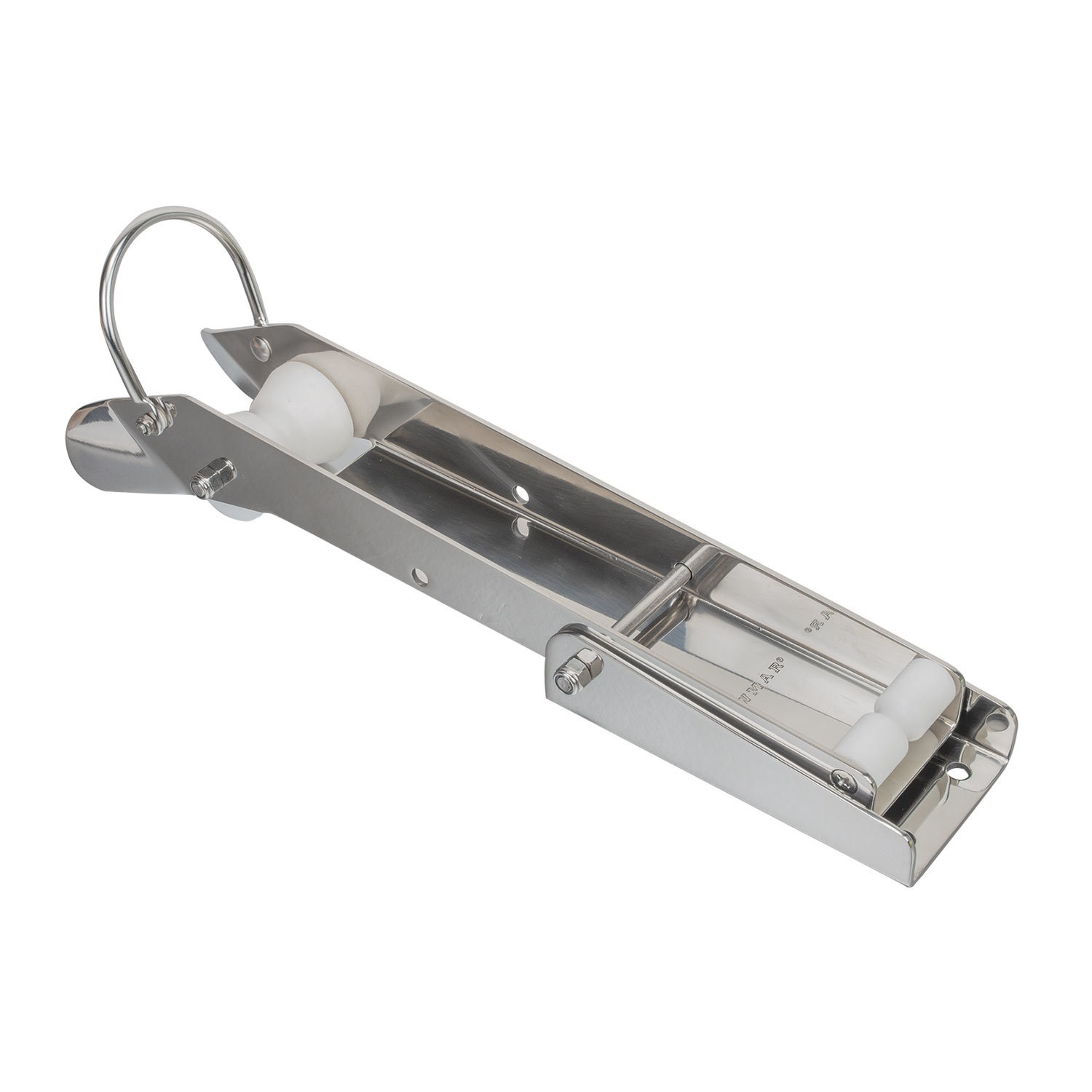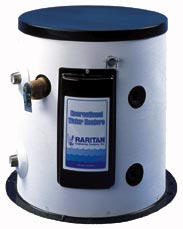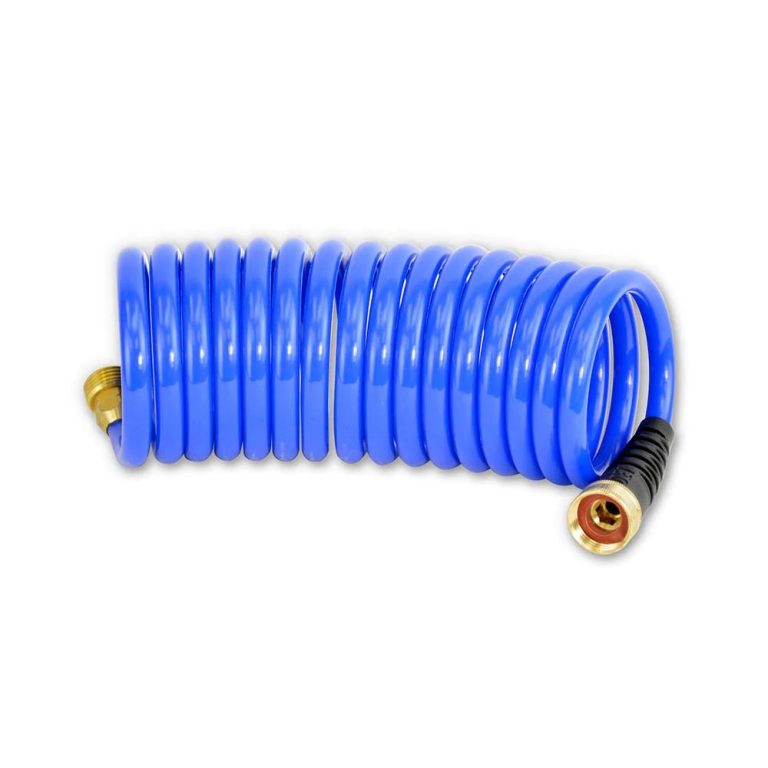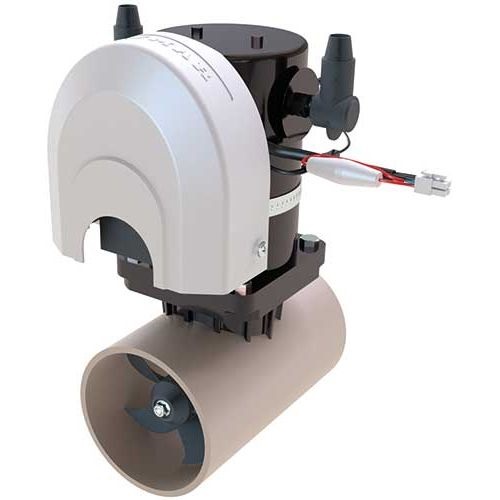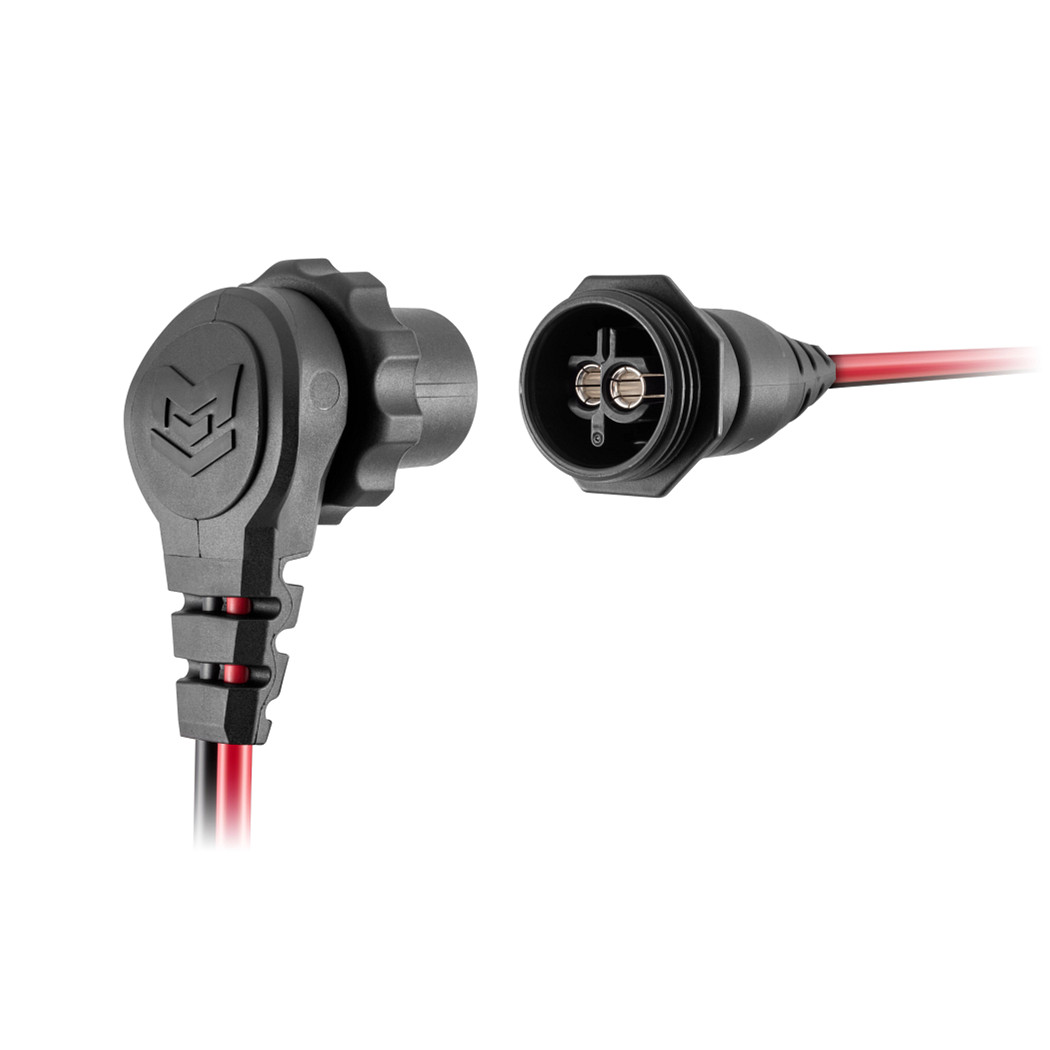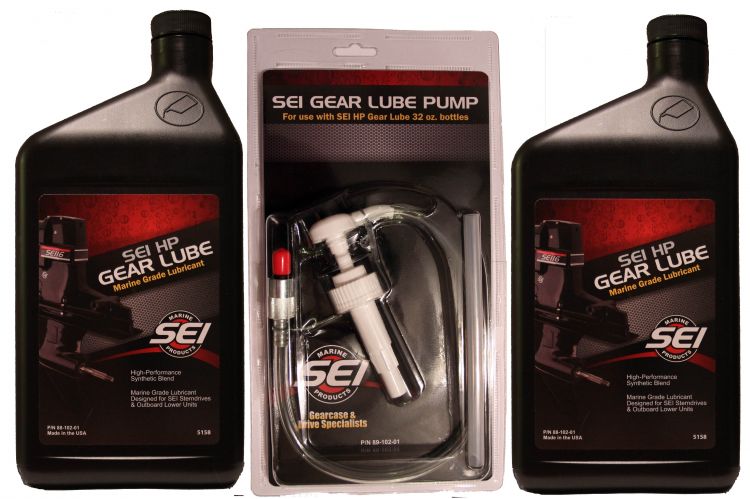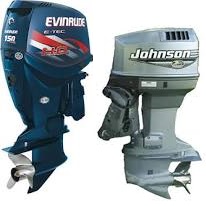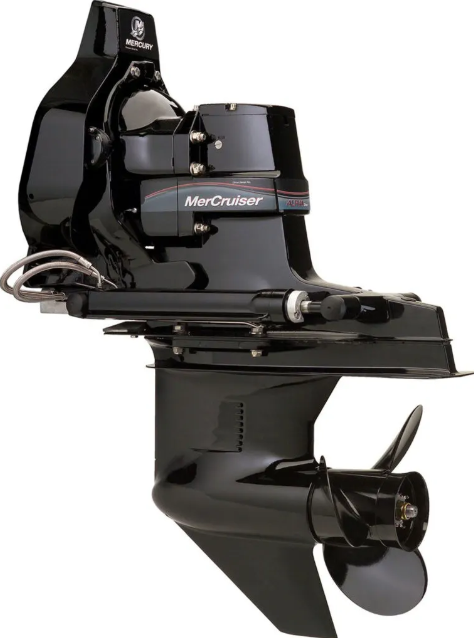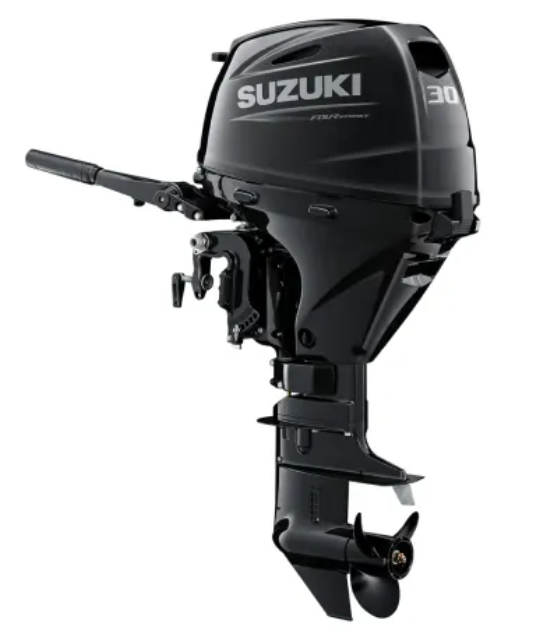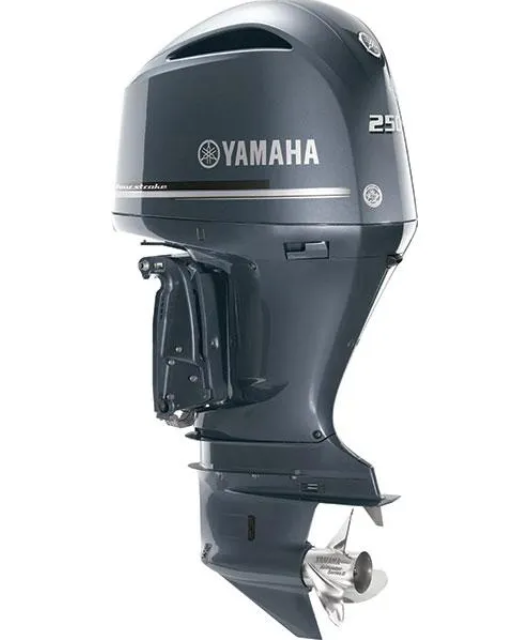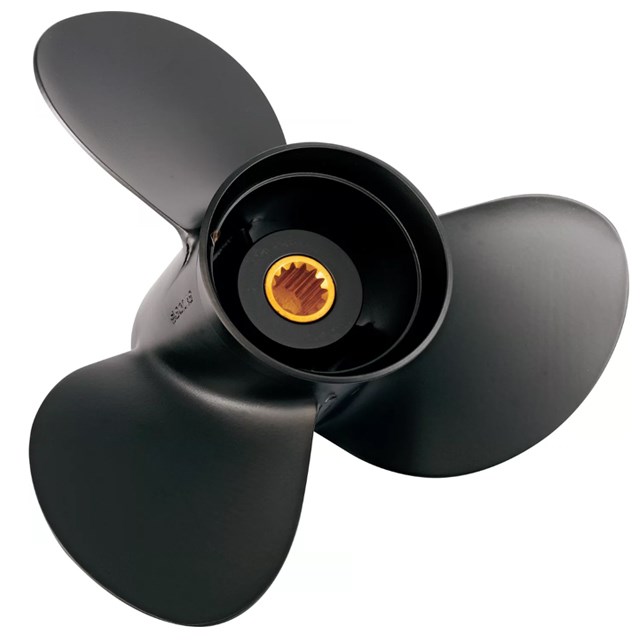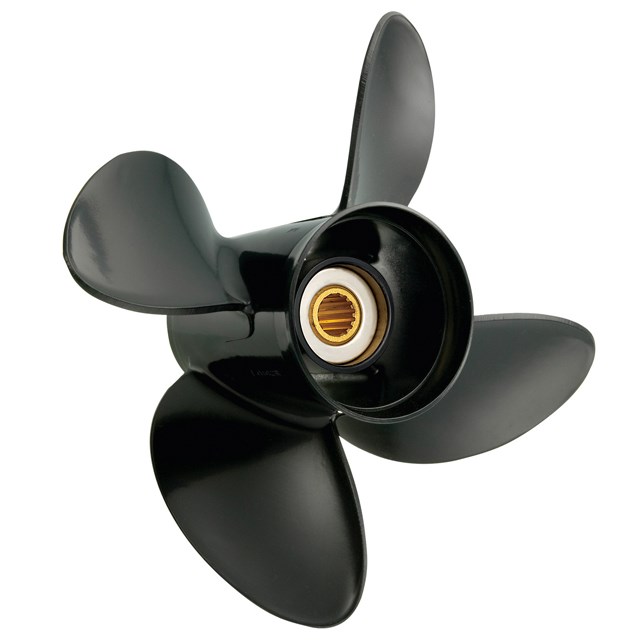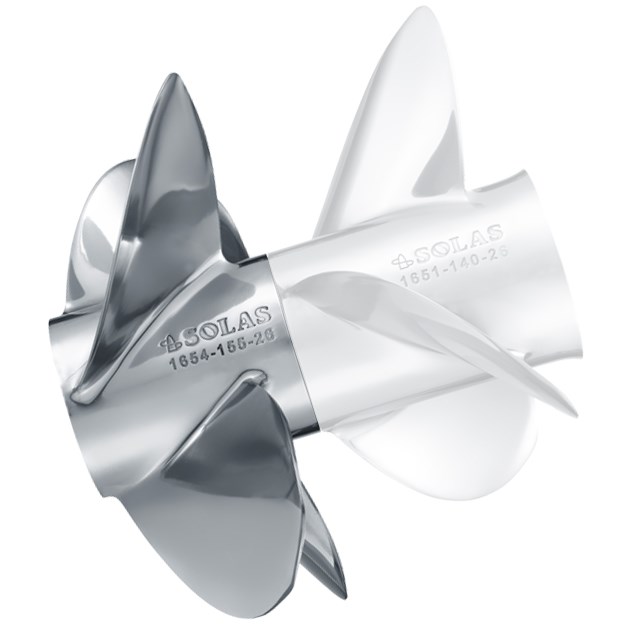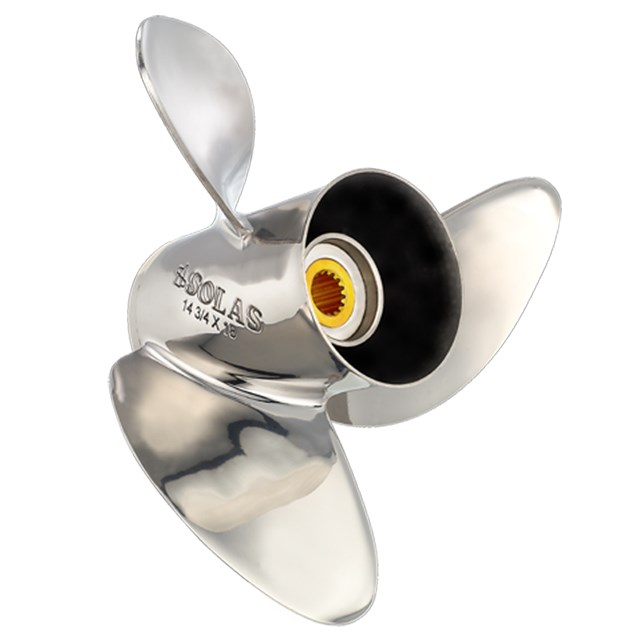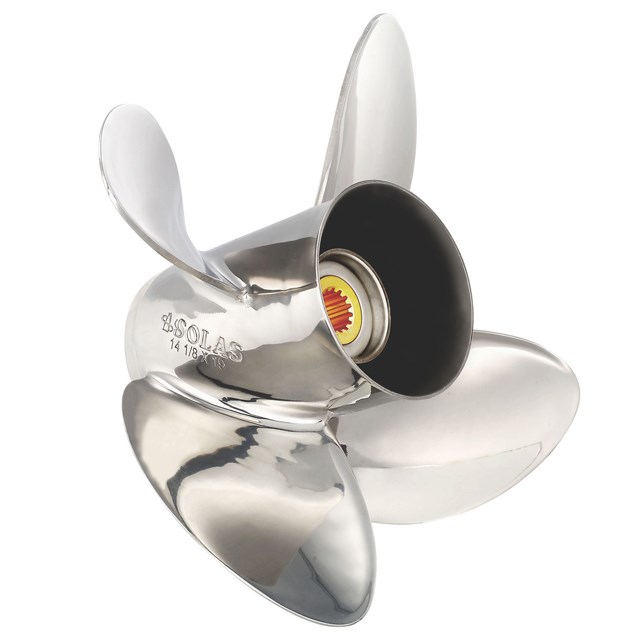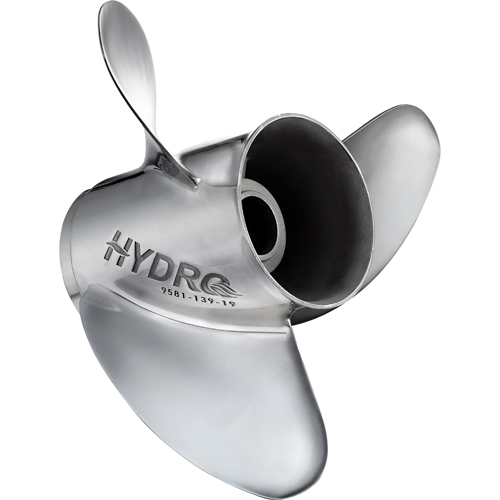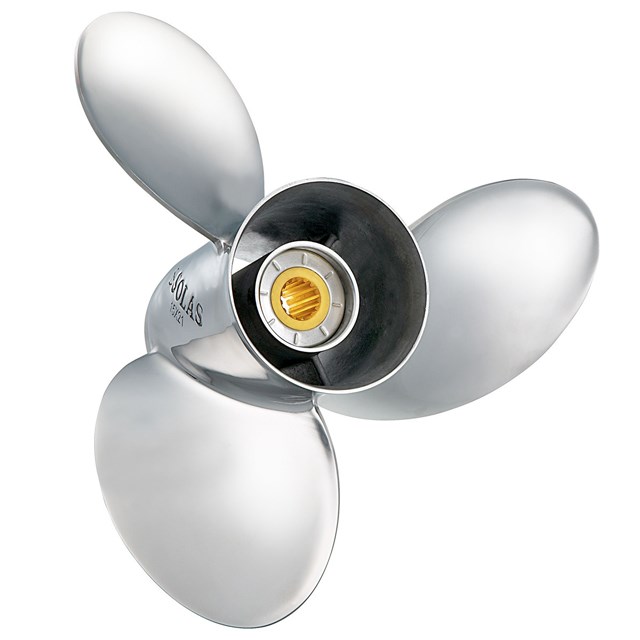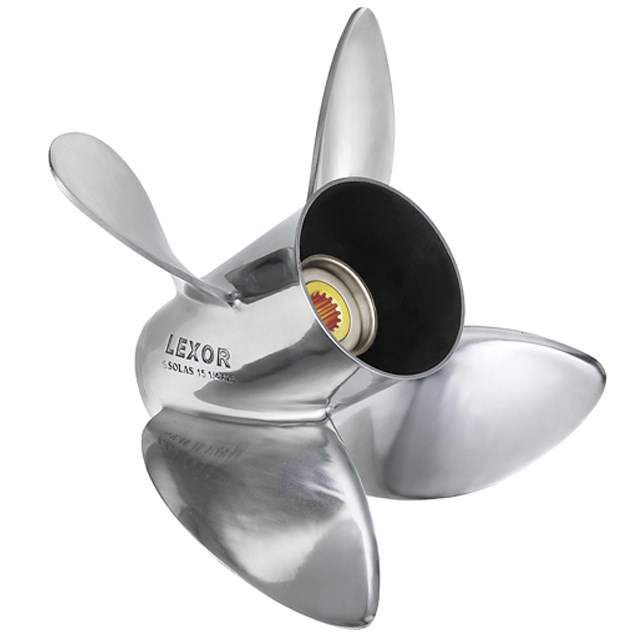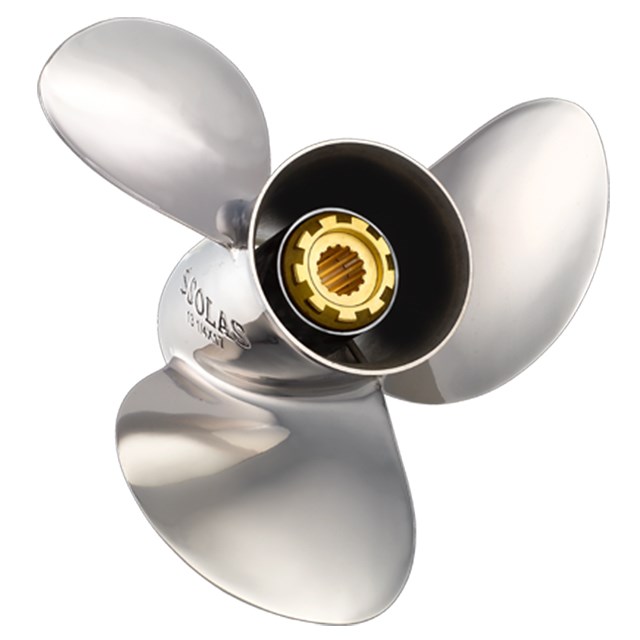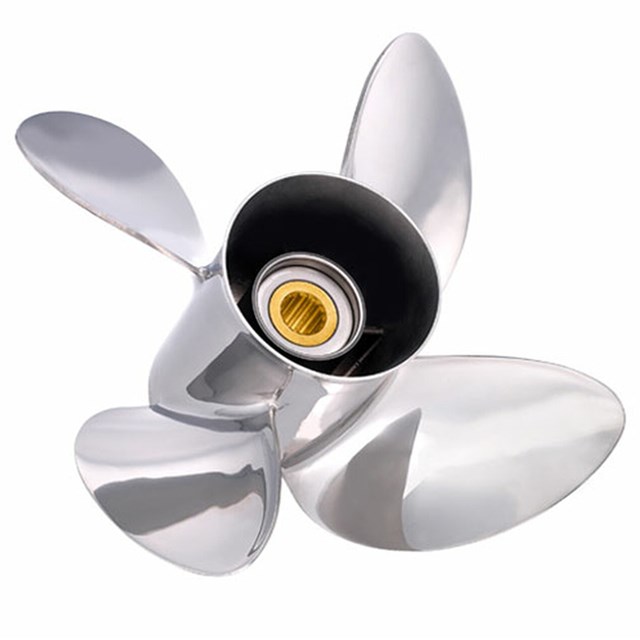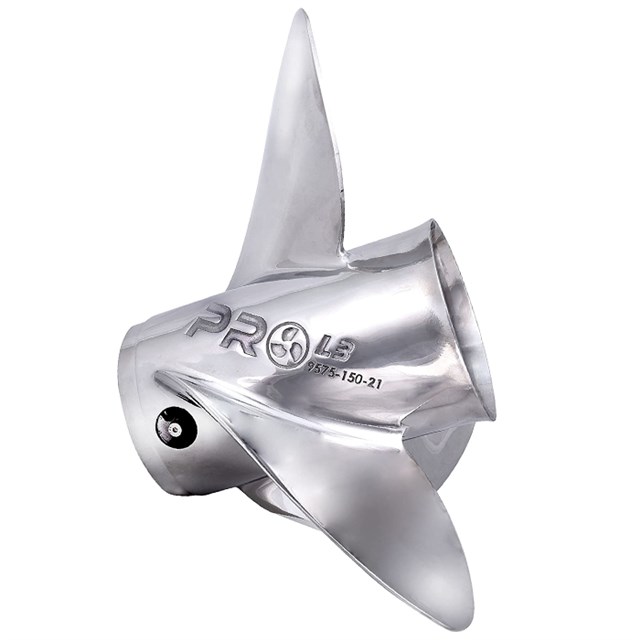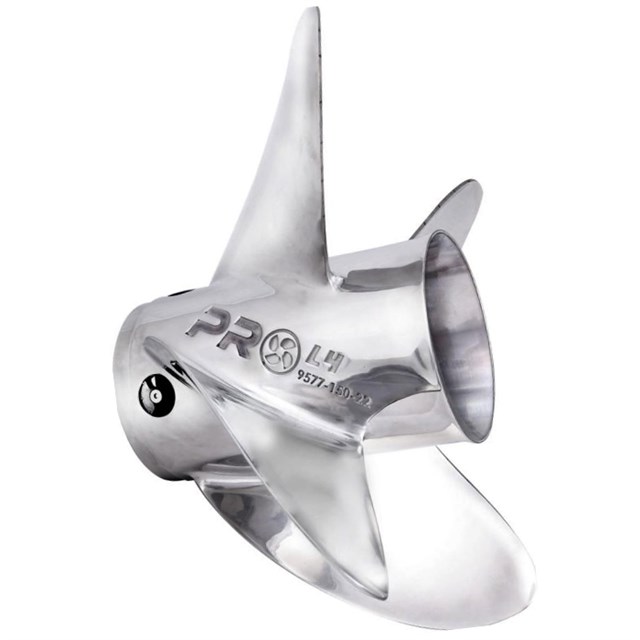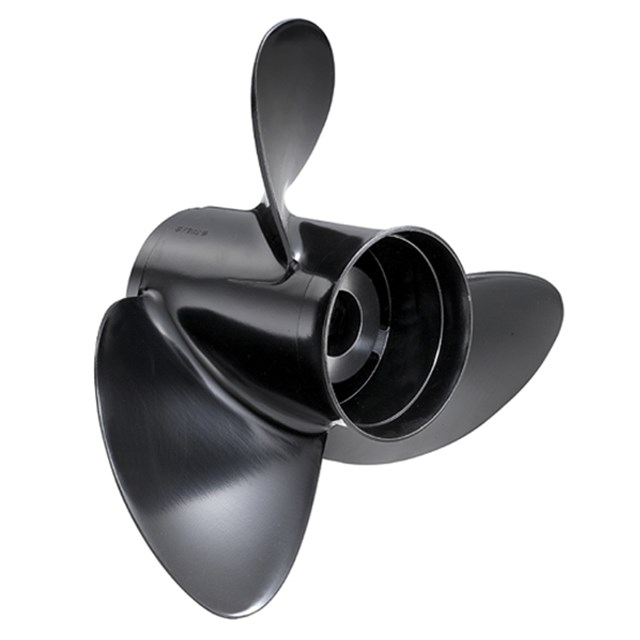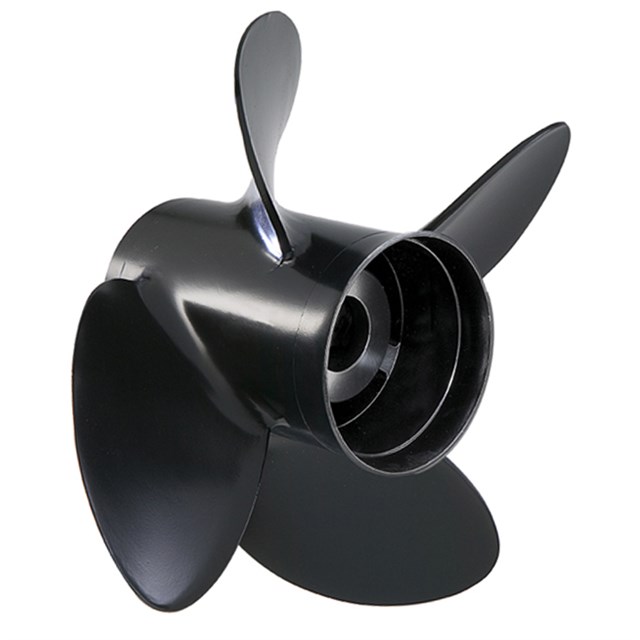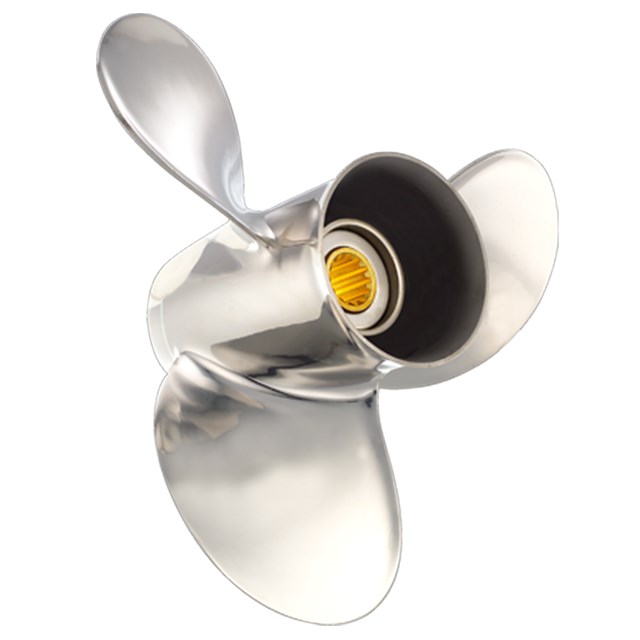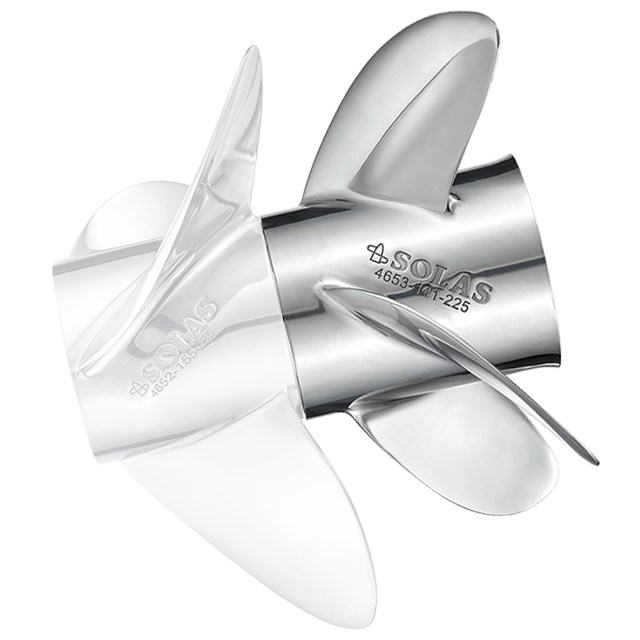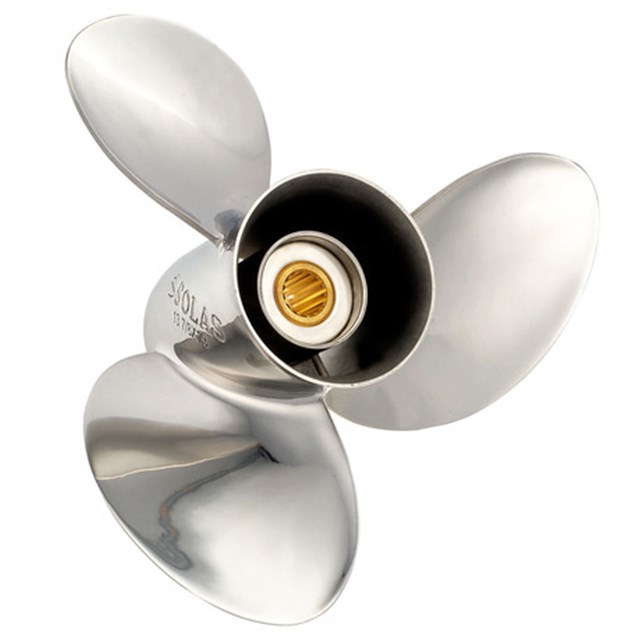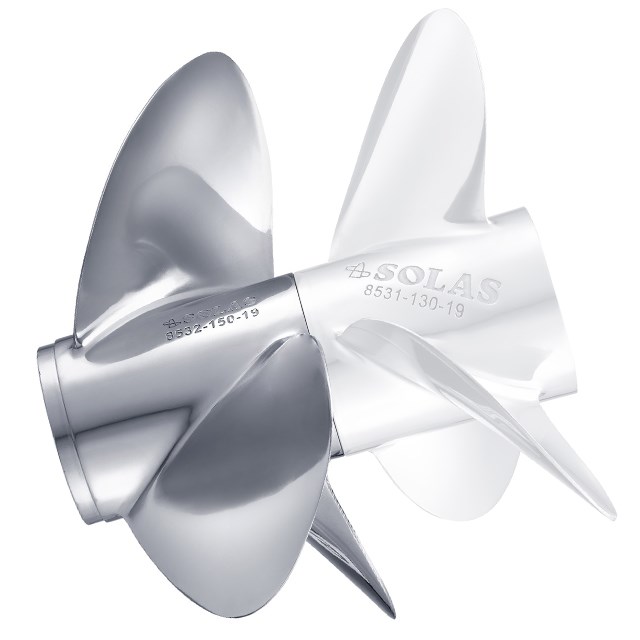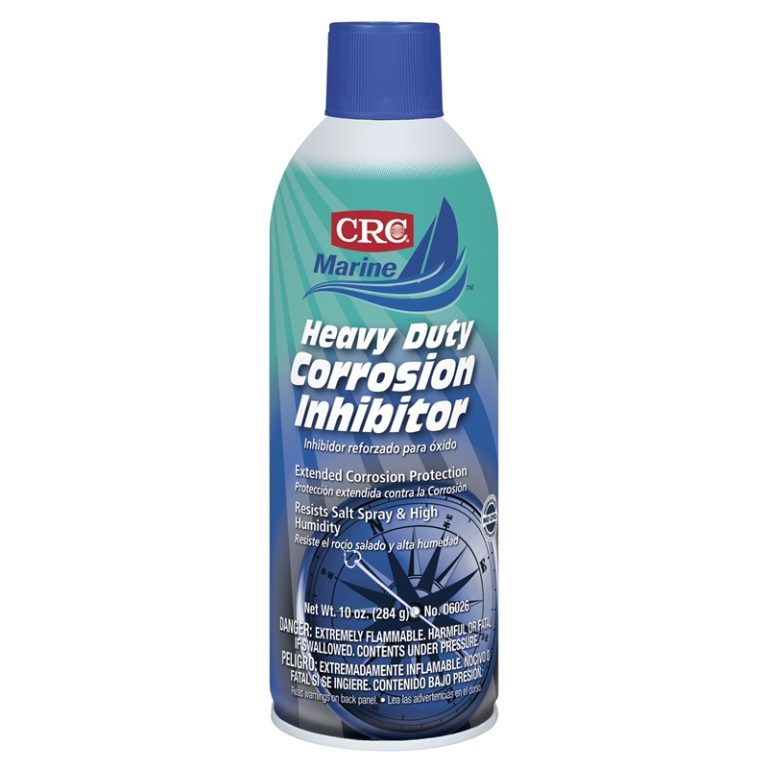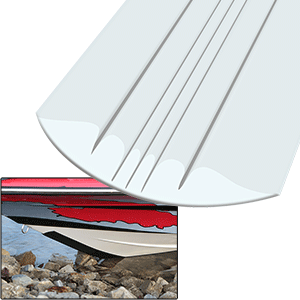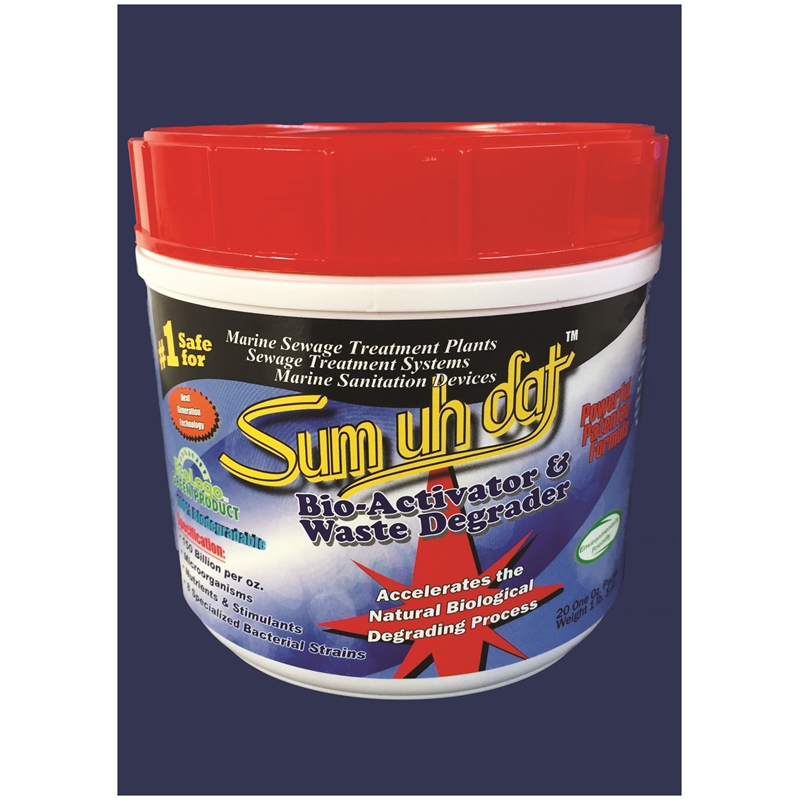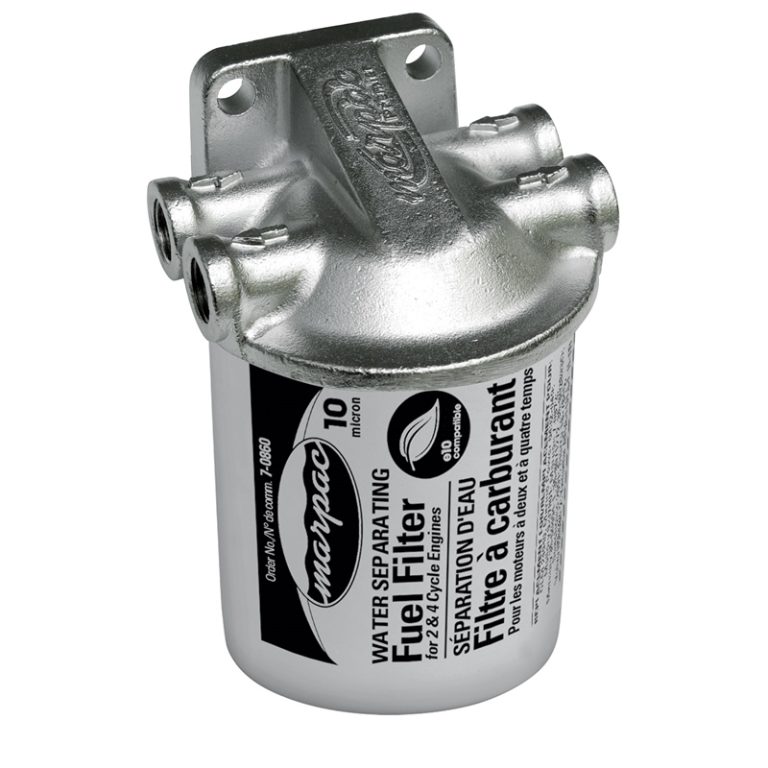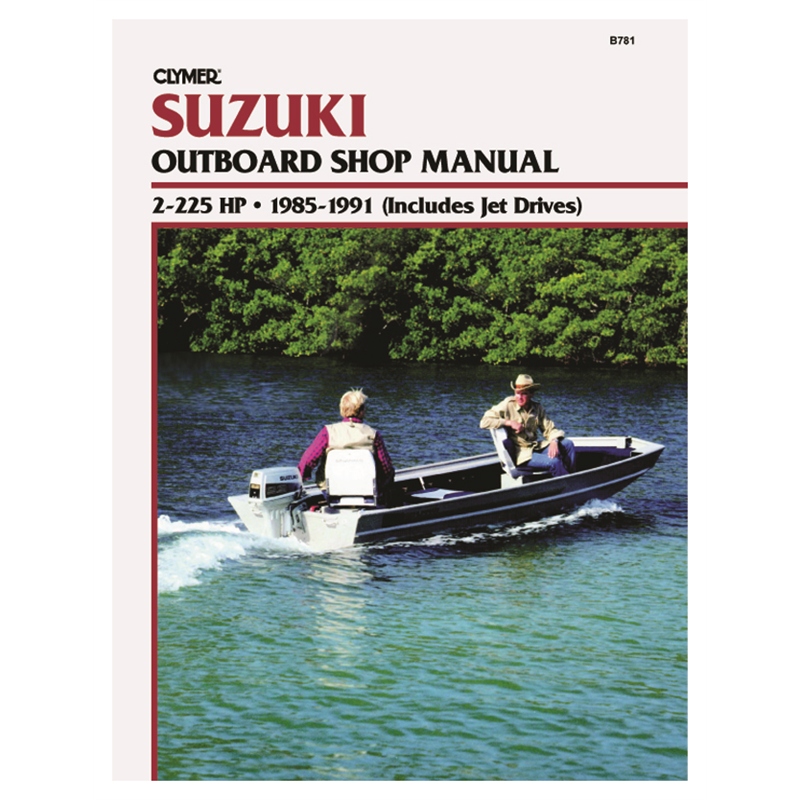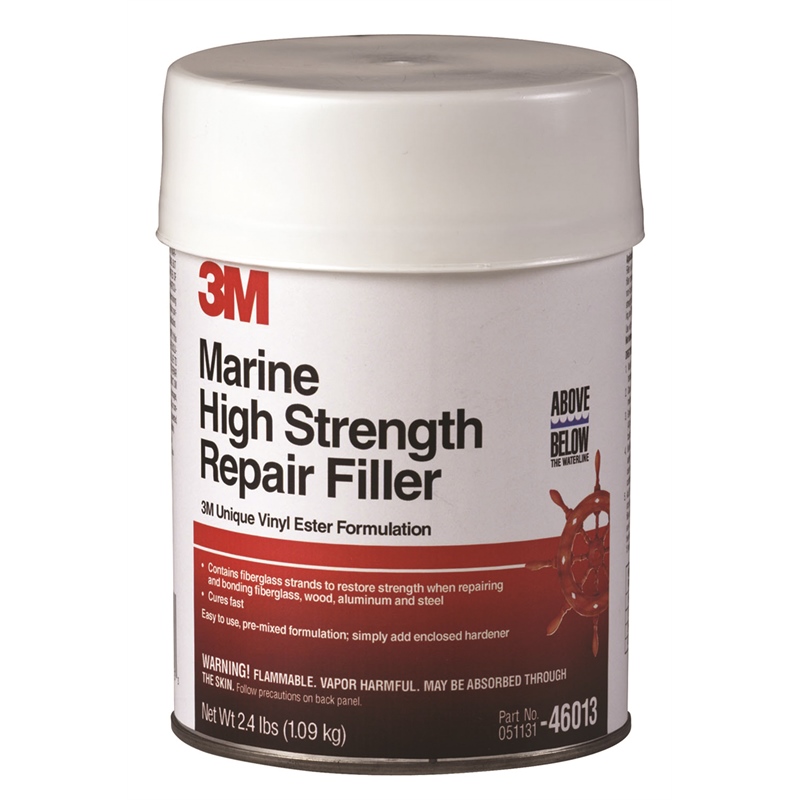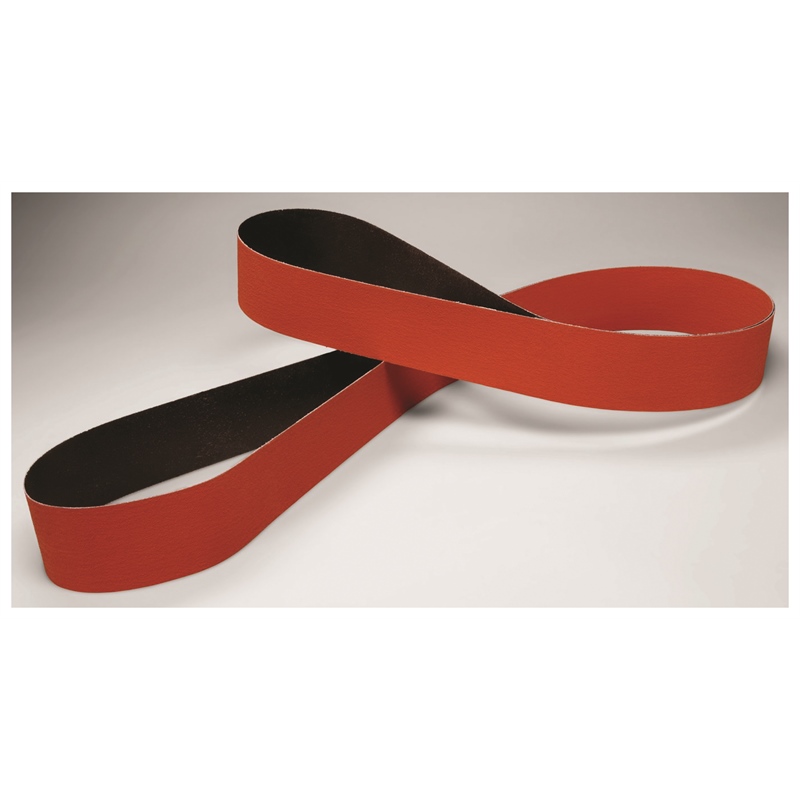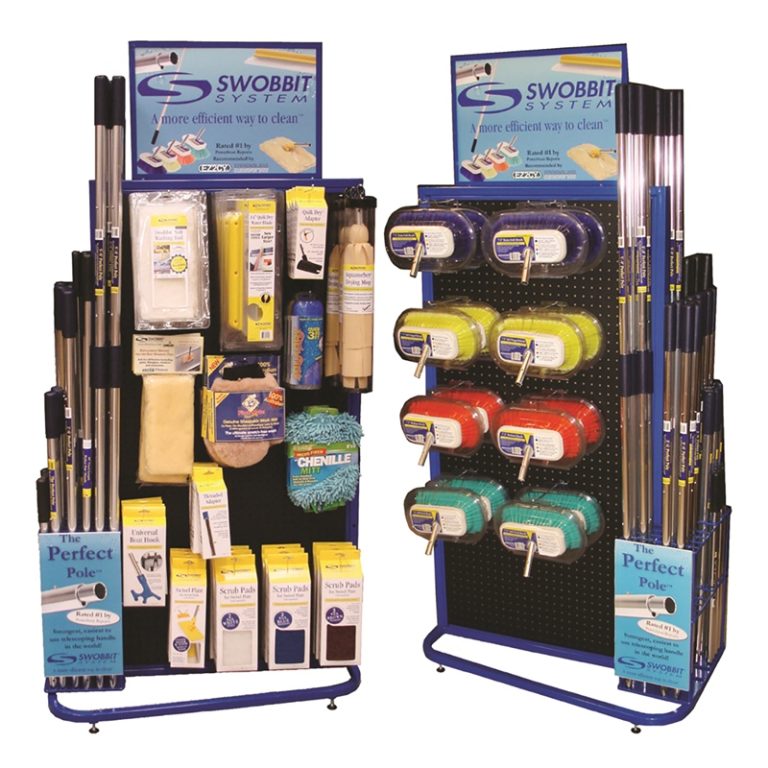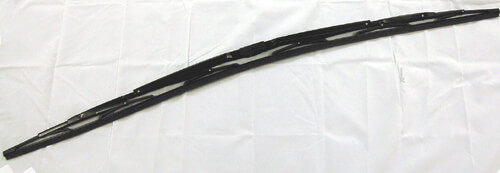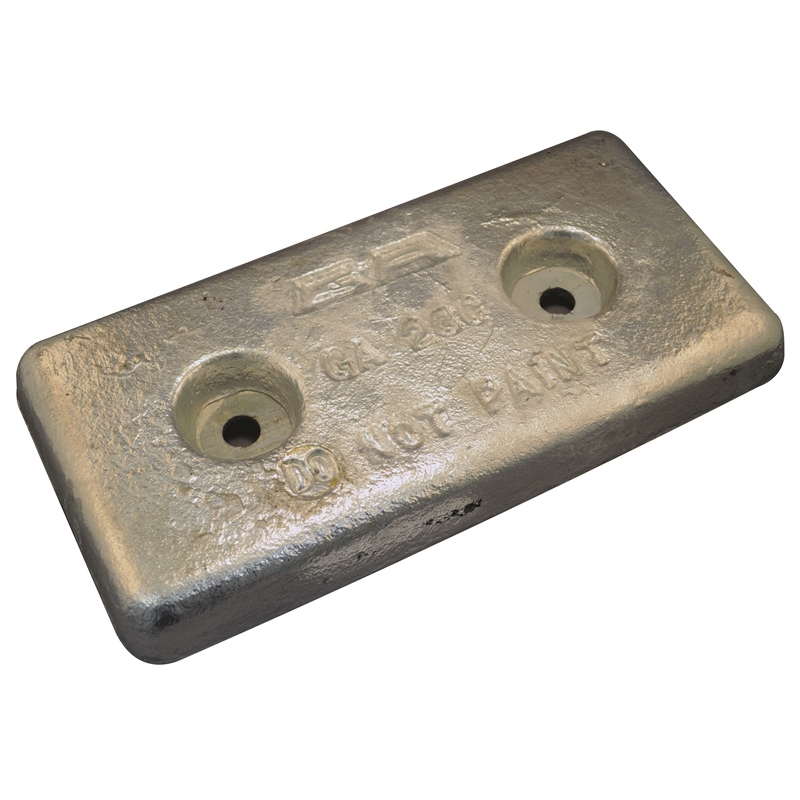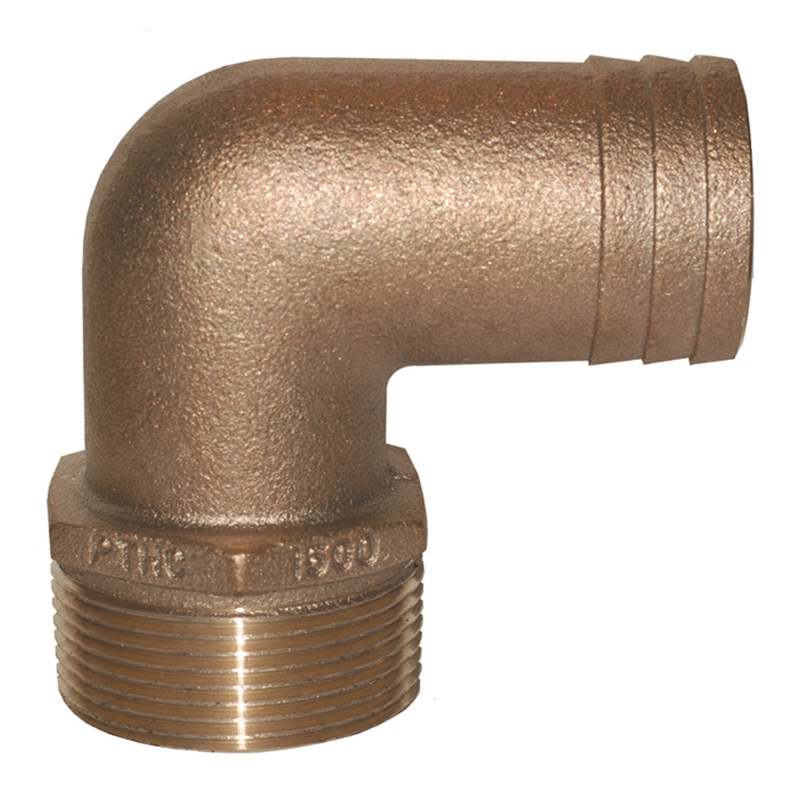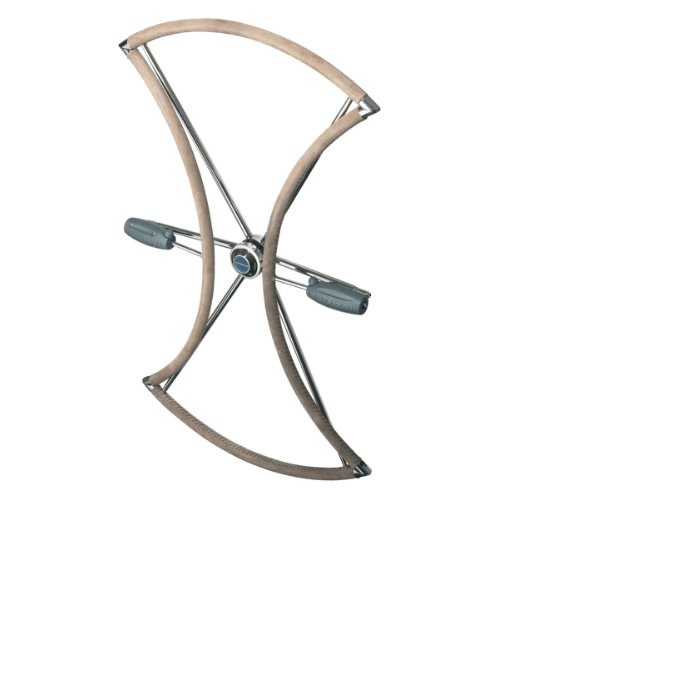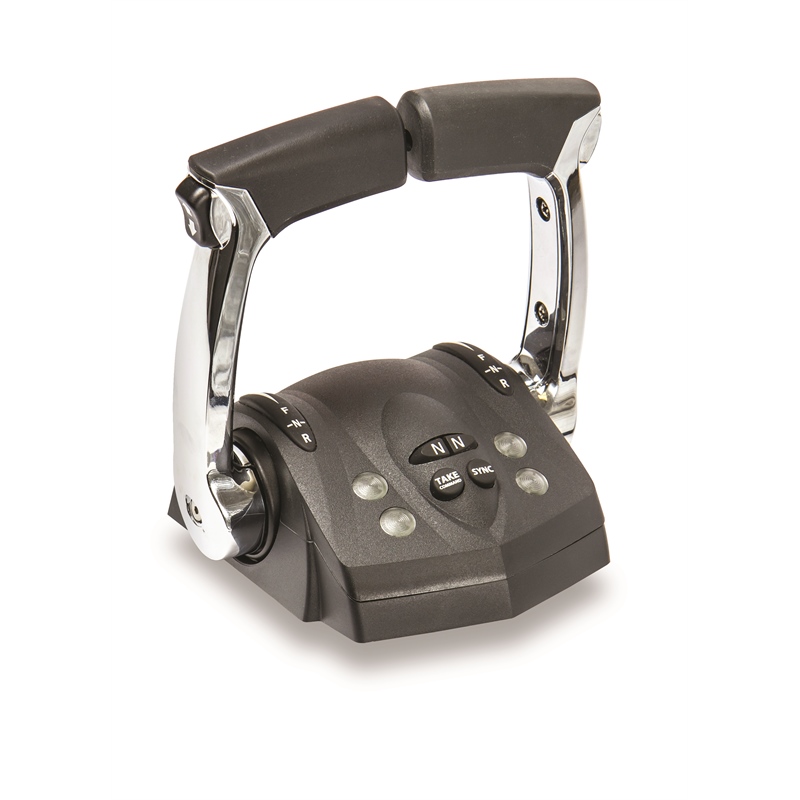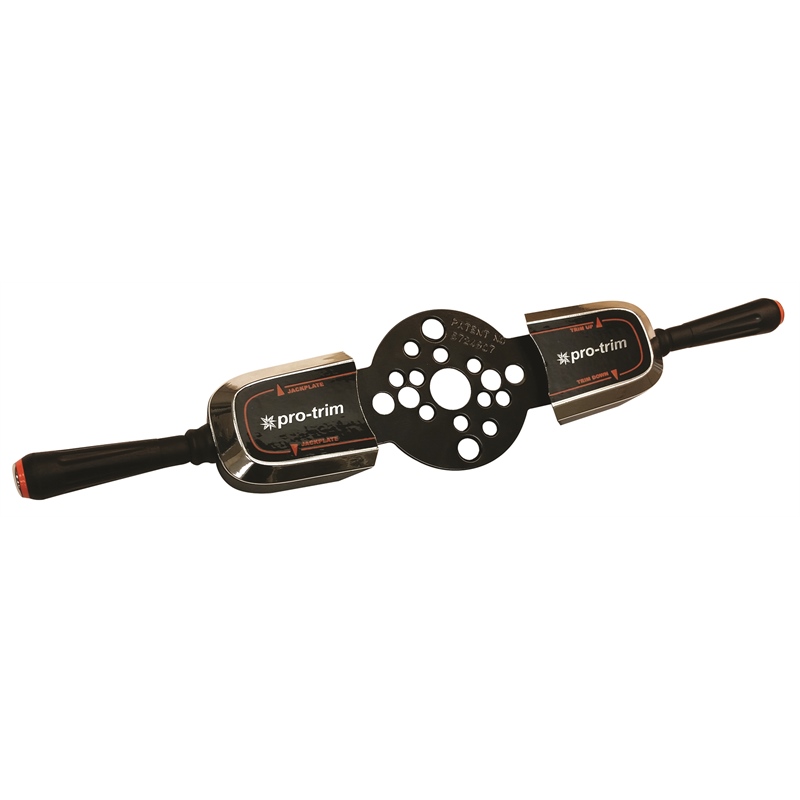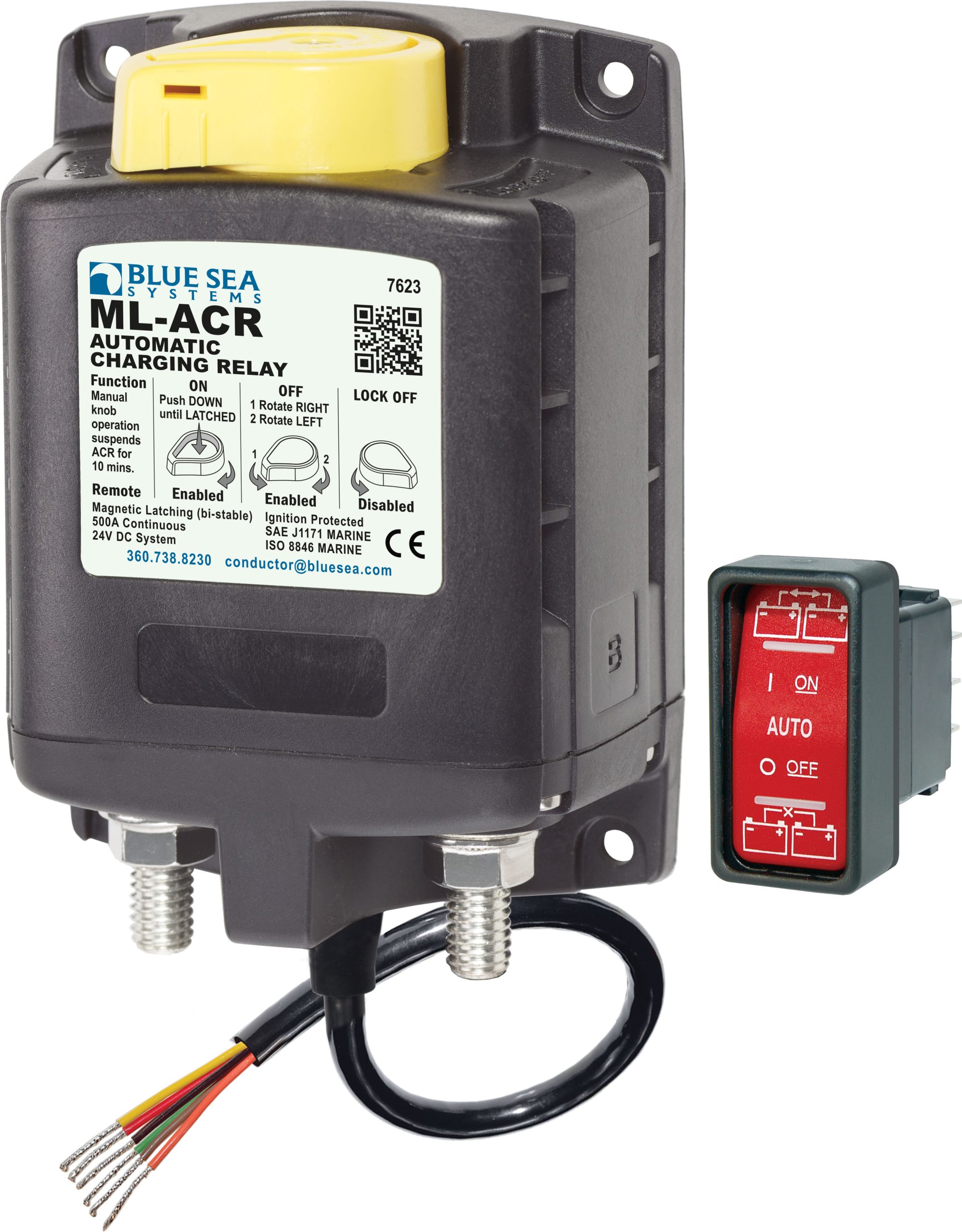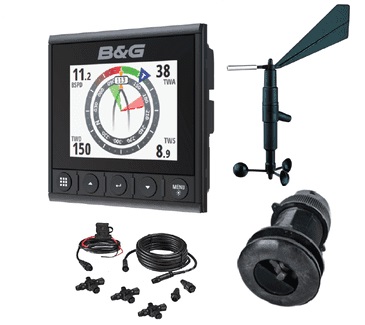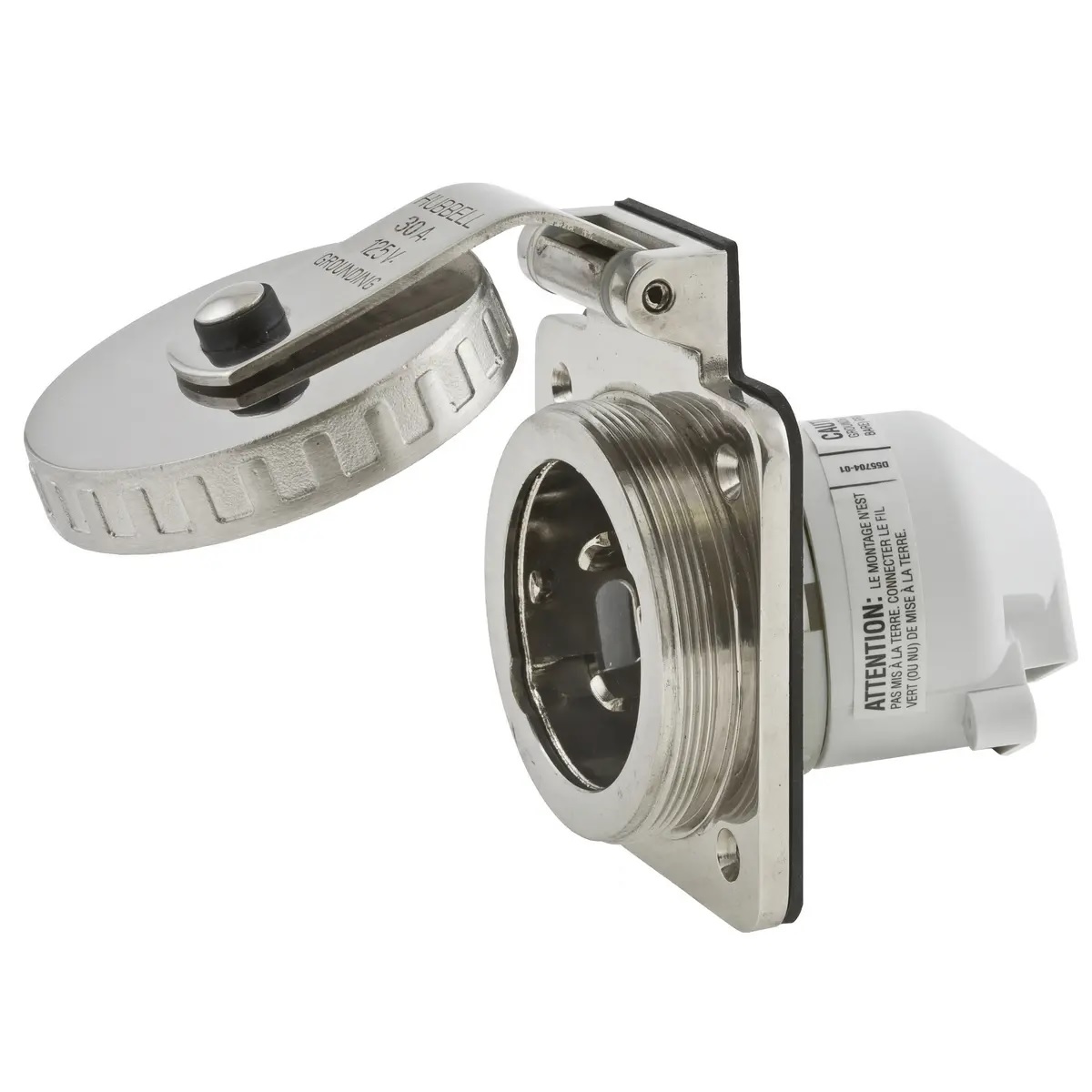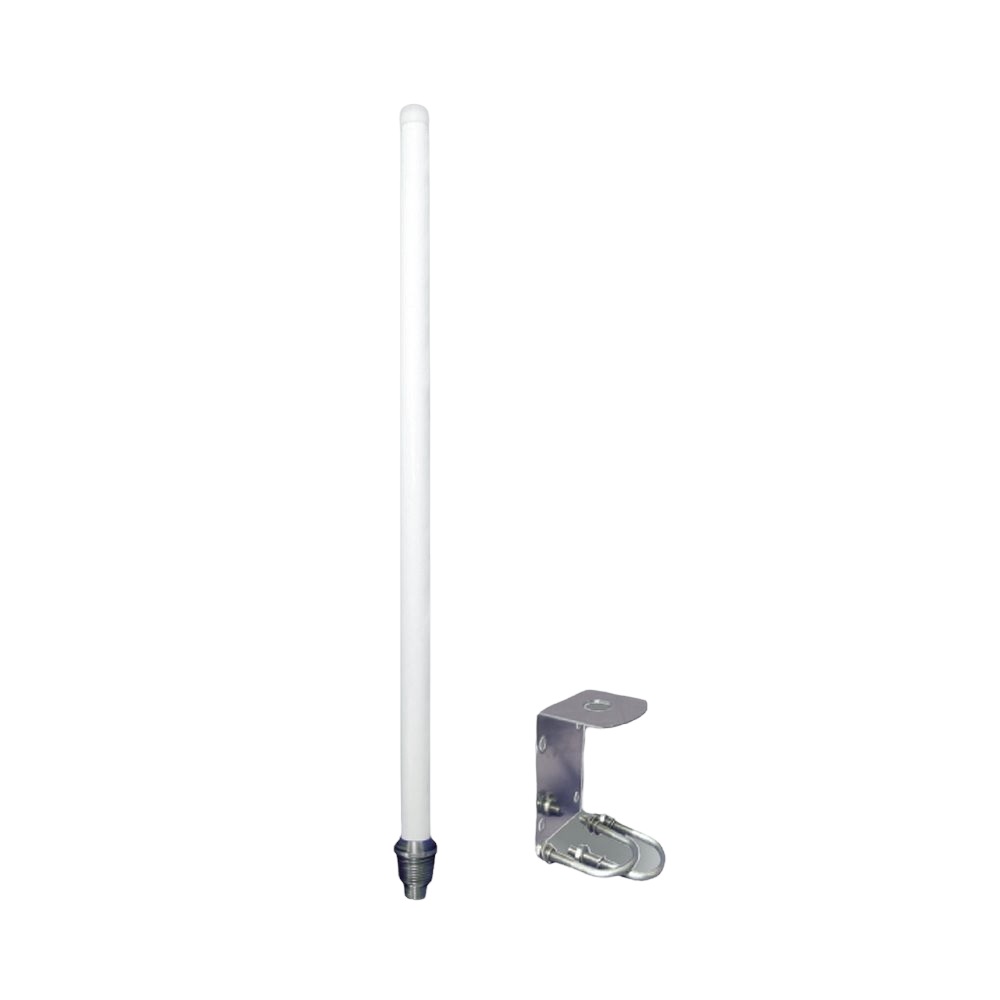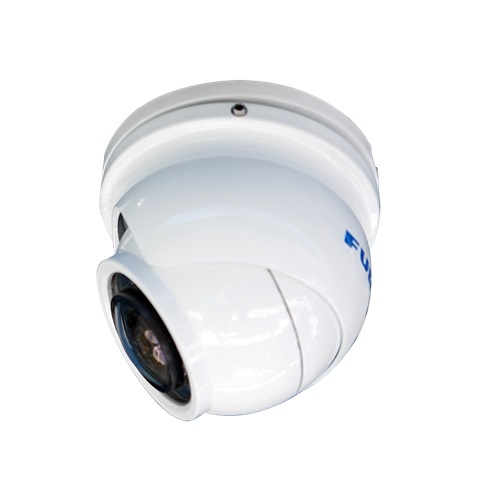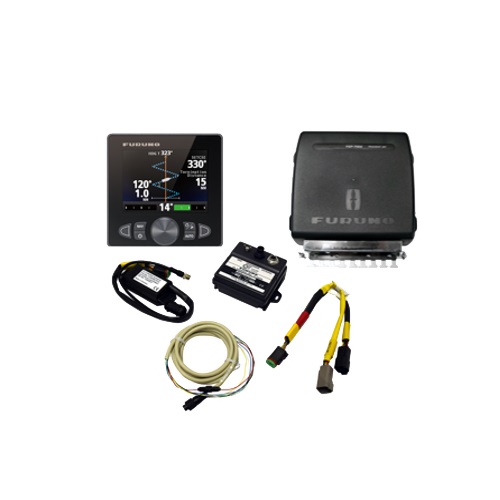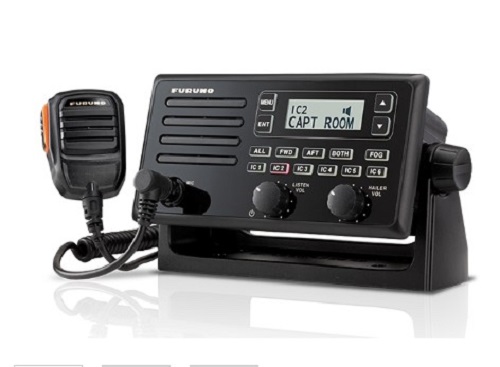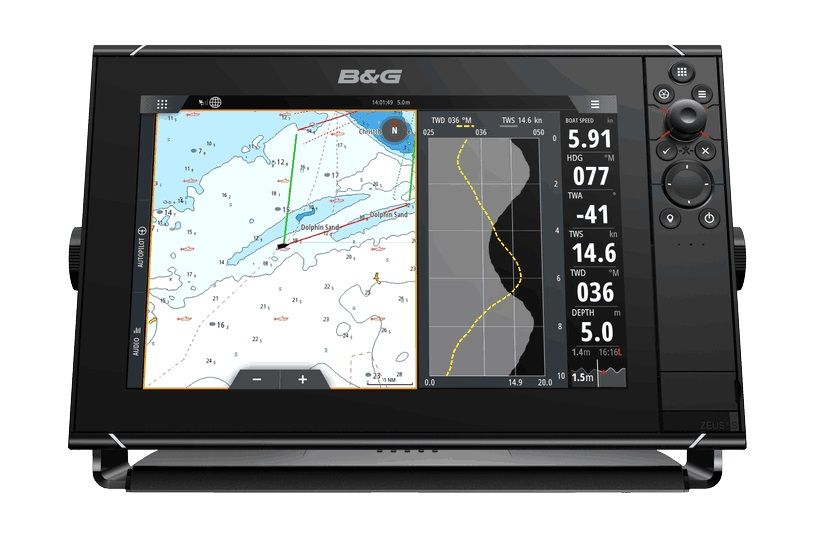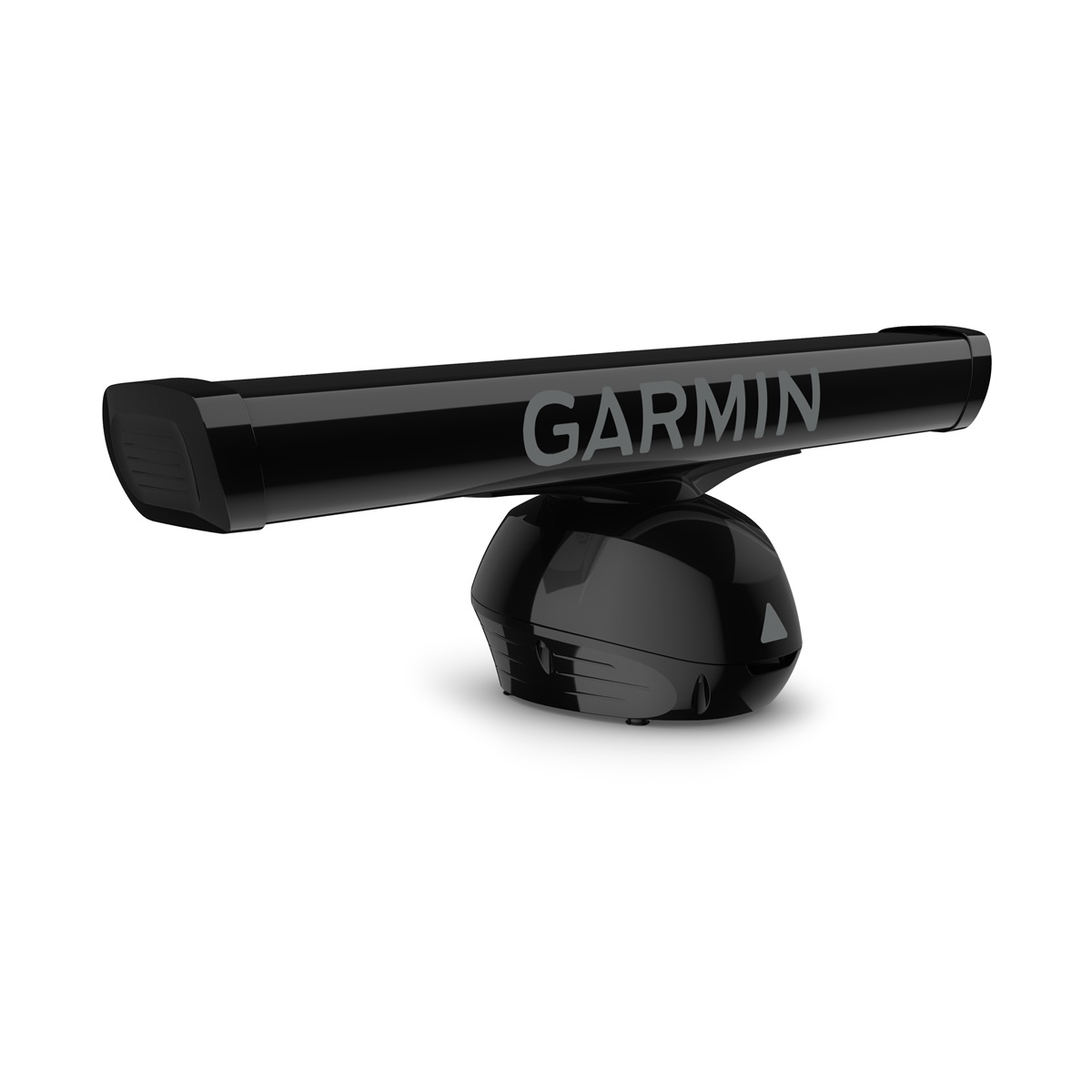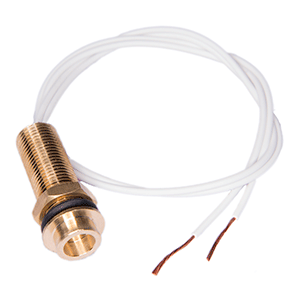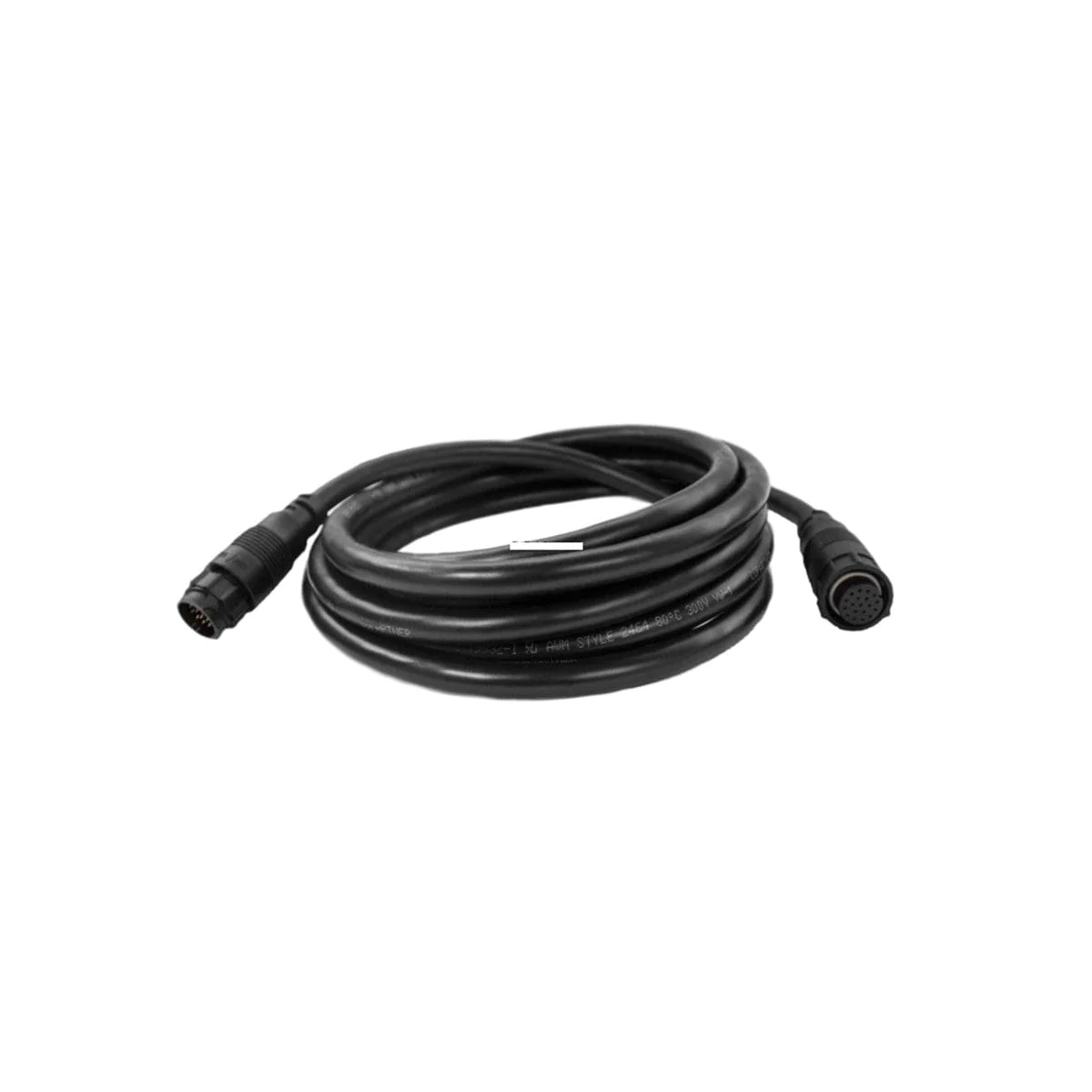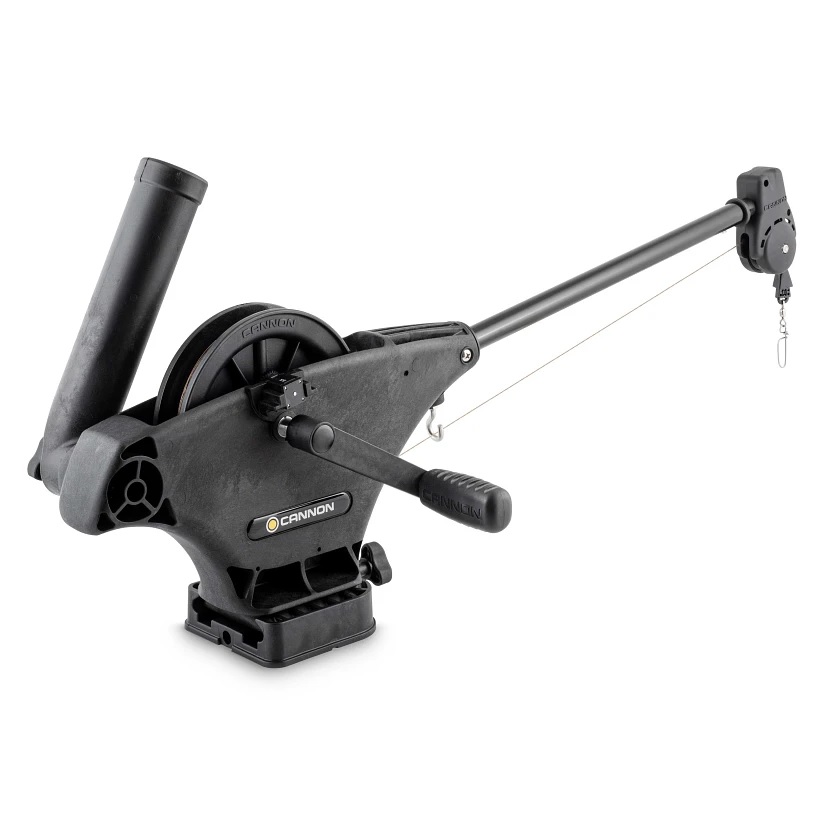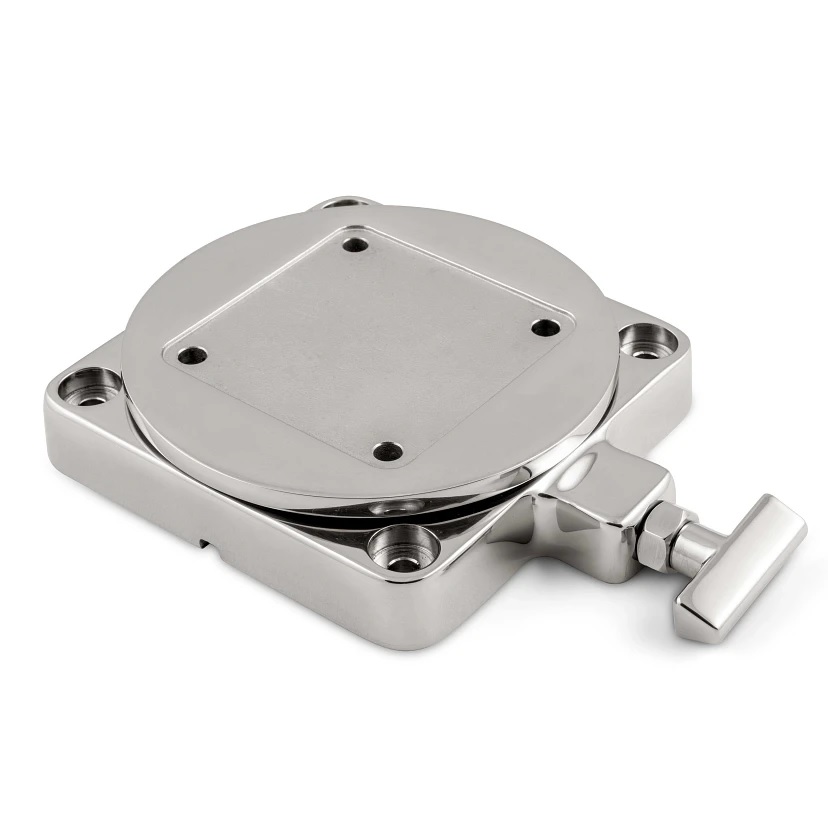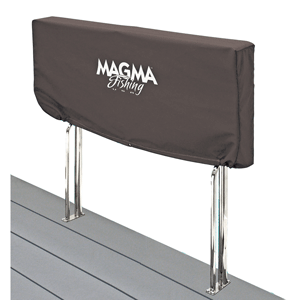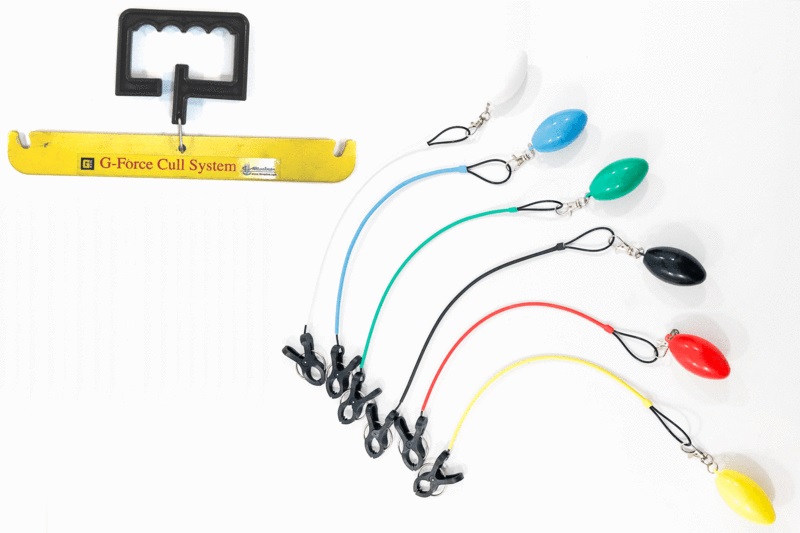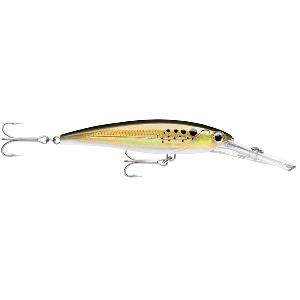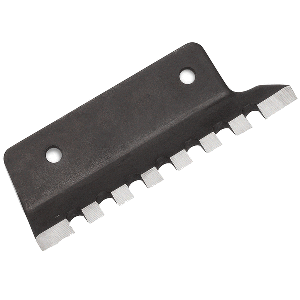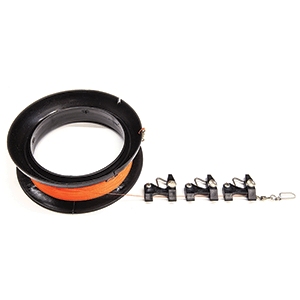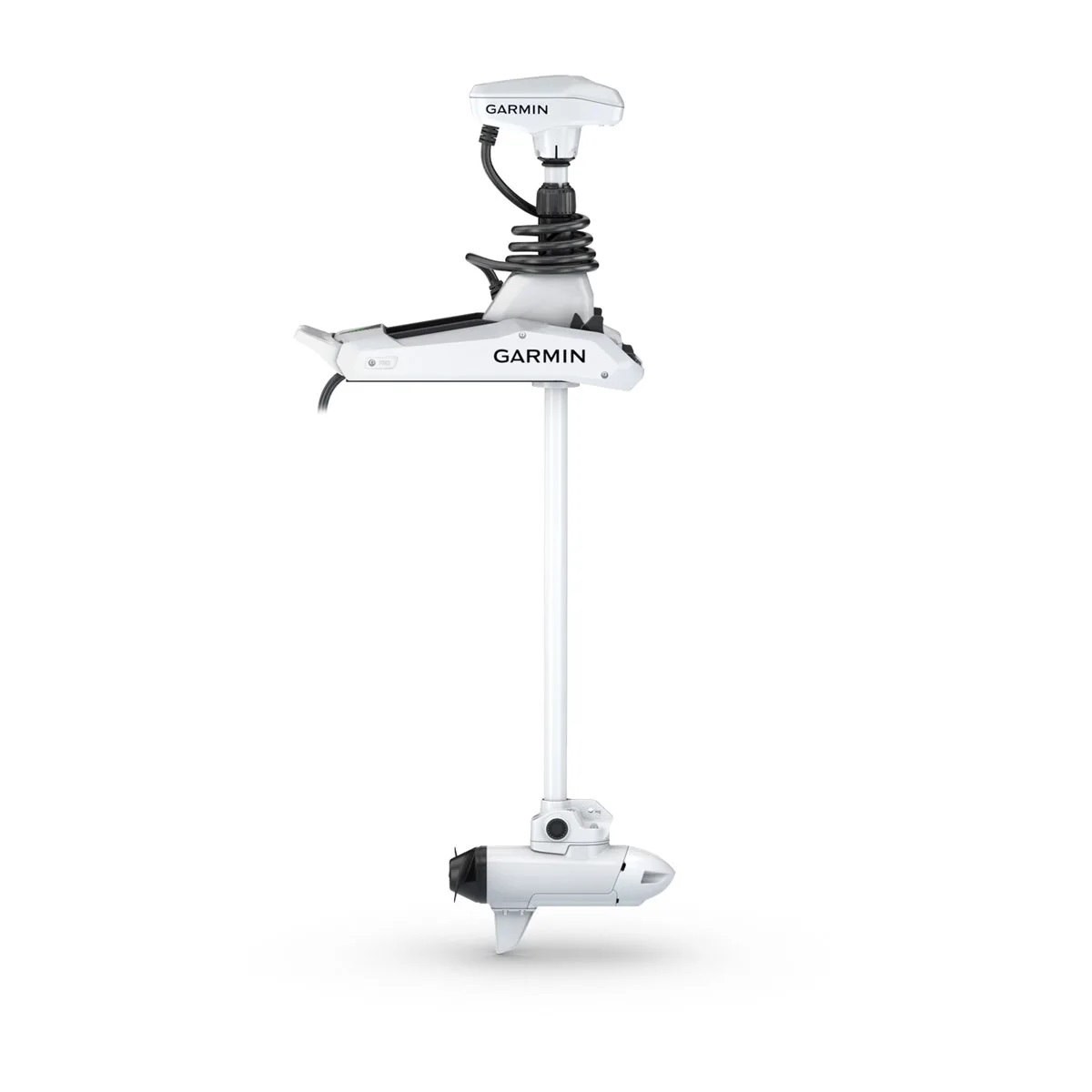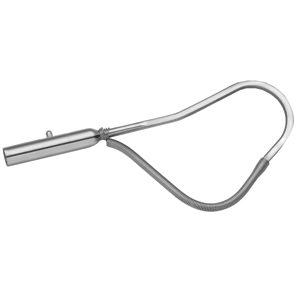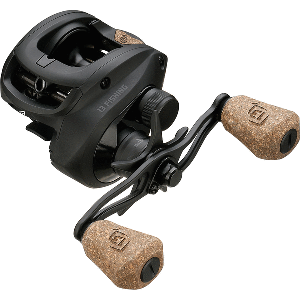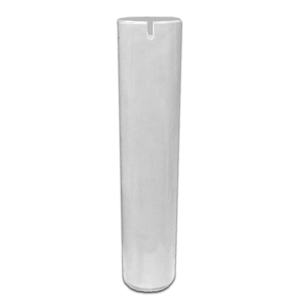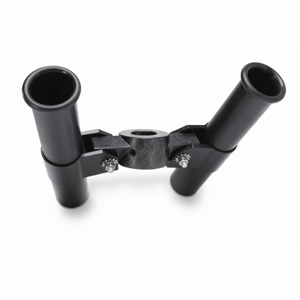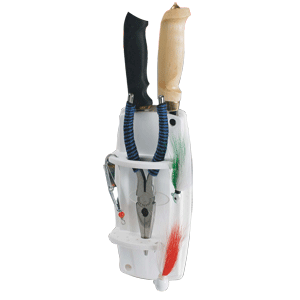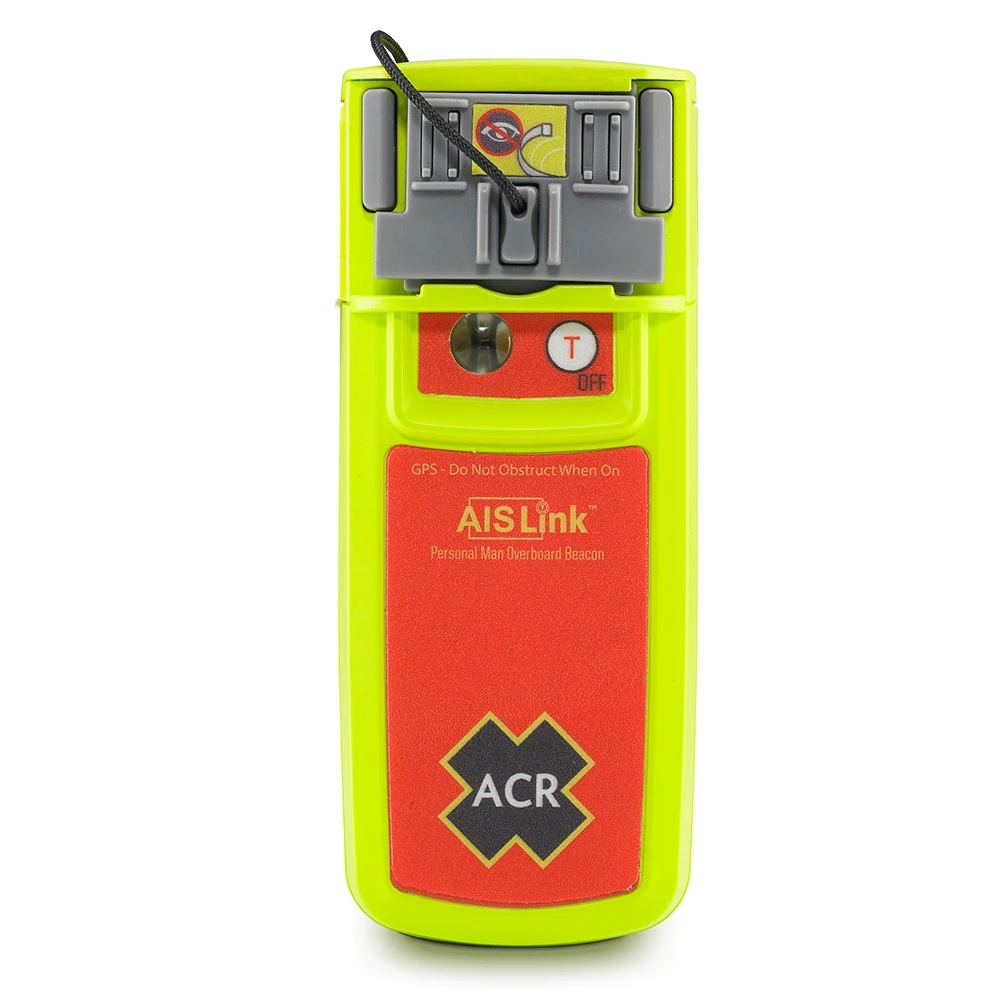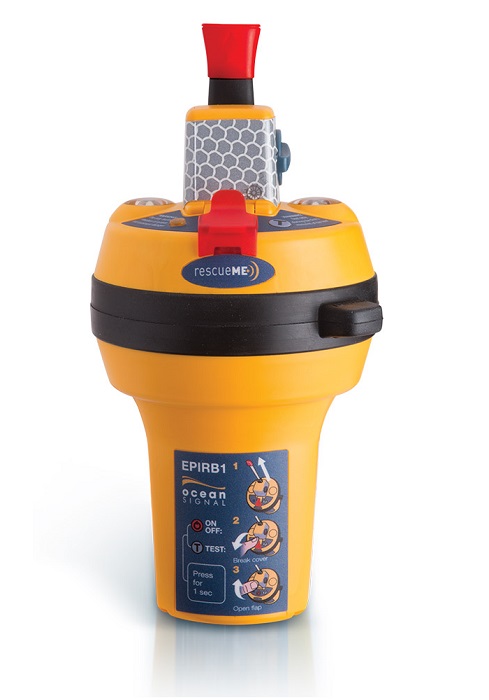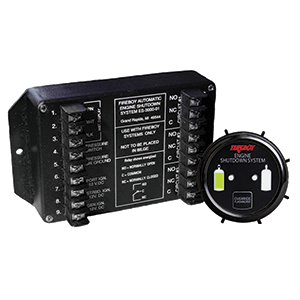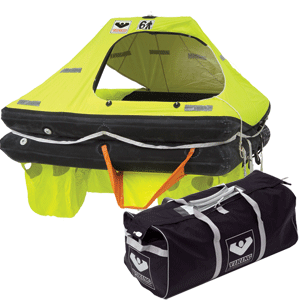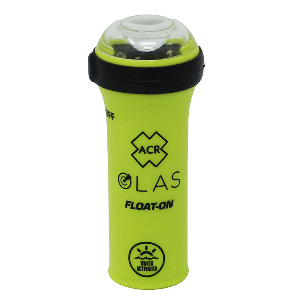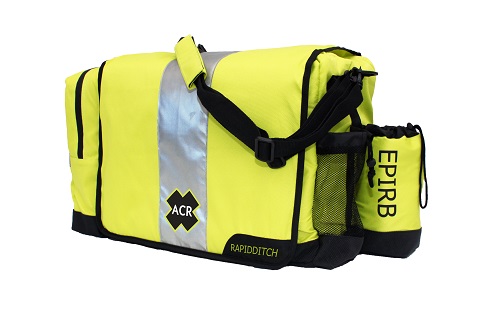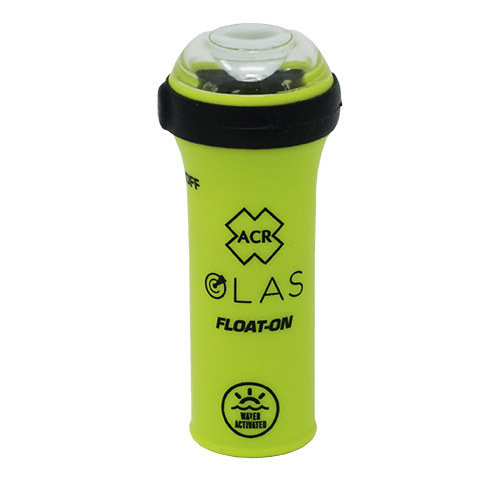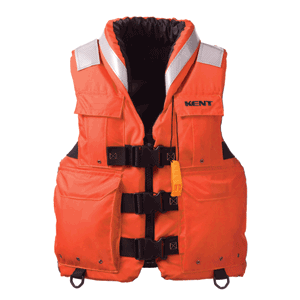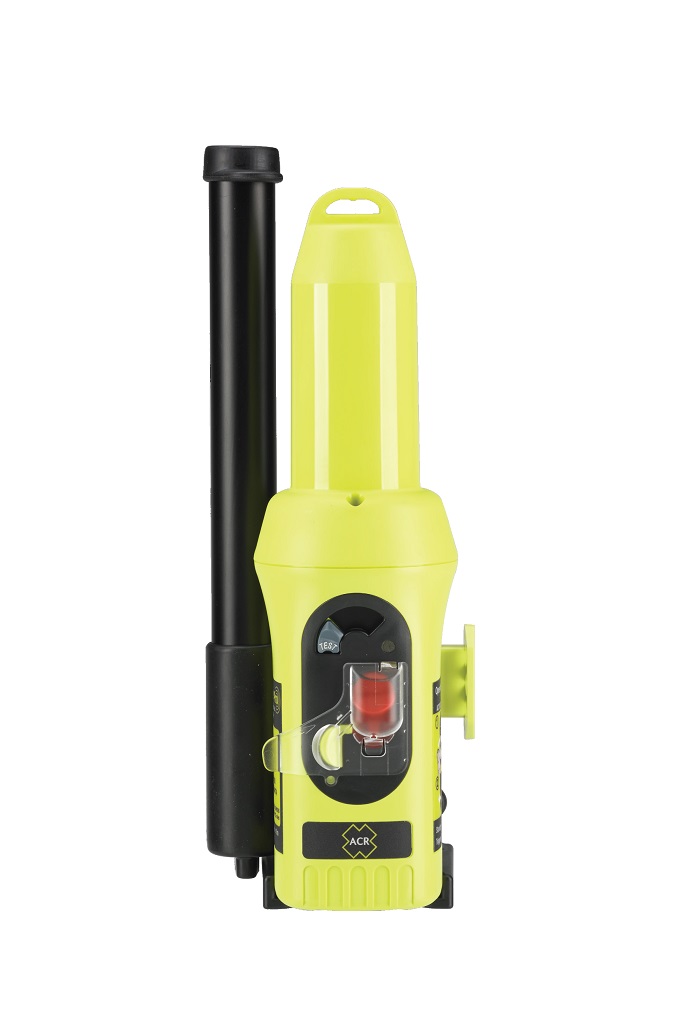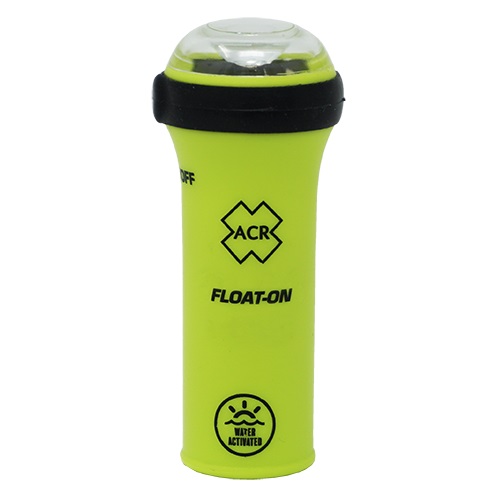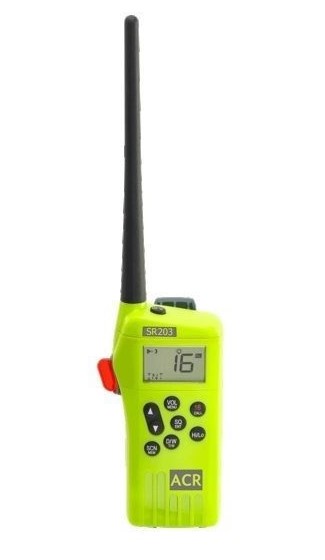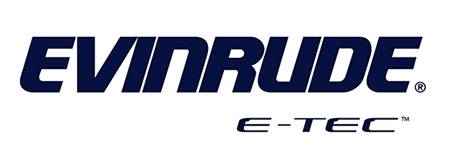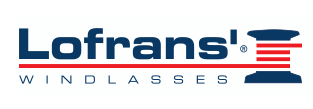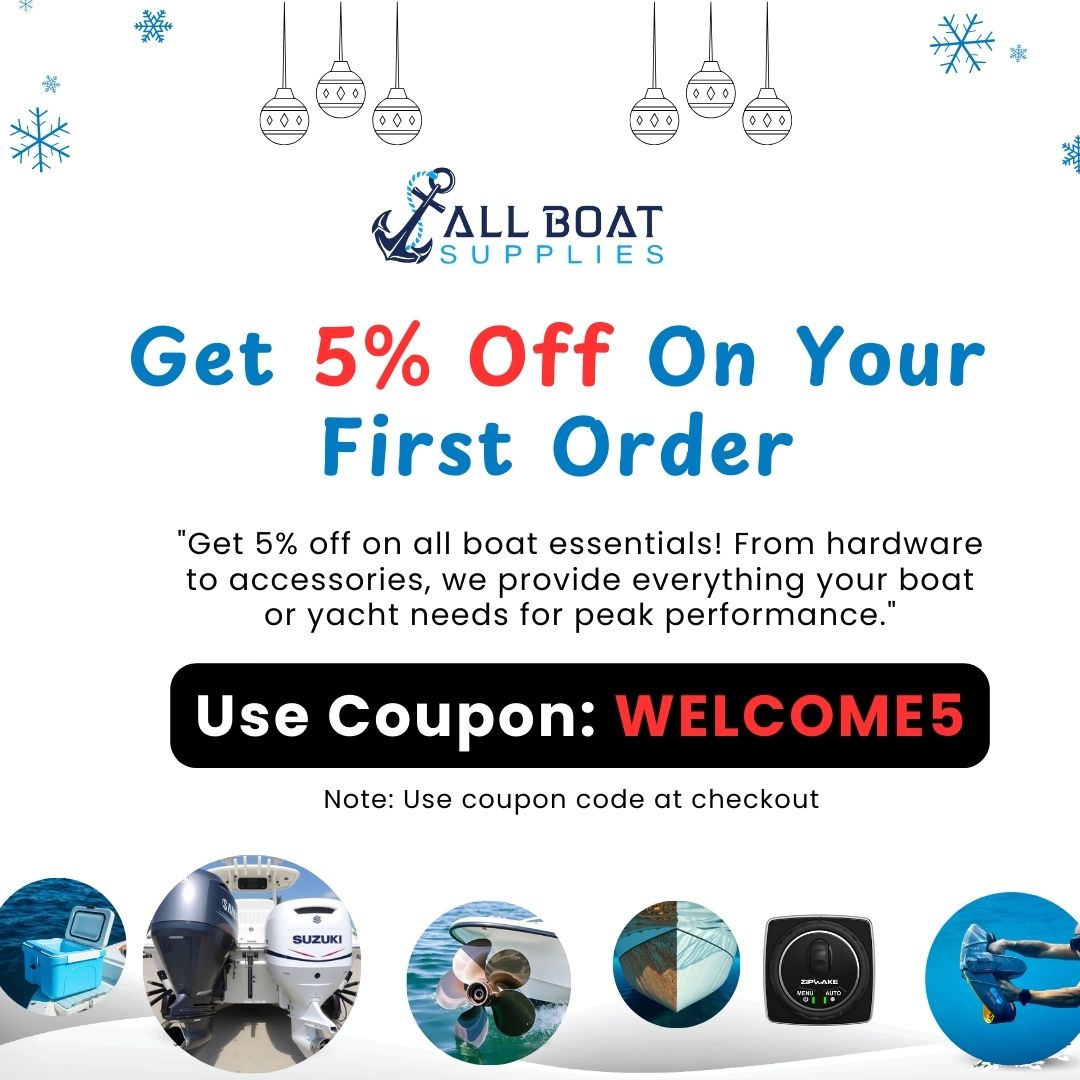Hull Shield HD1 Antifouling Best & Worst Features
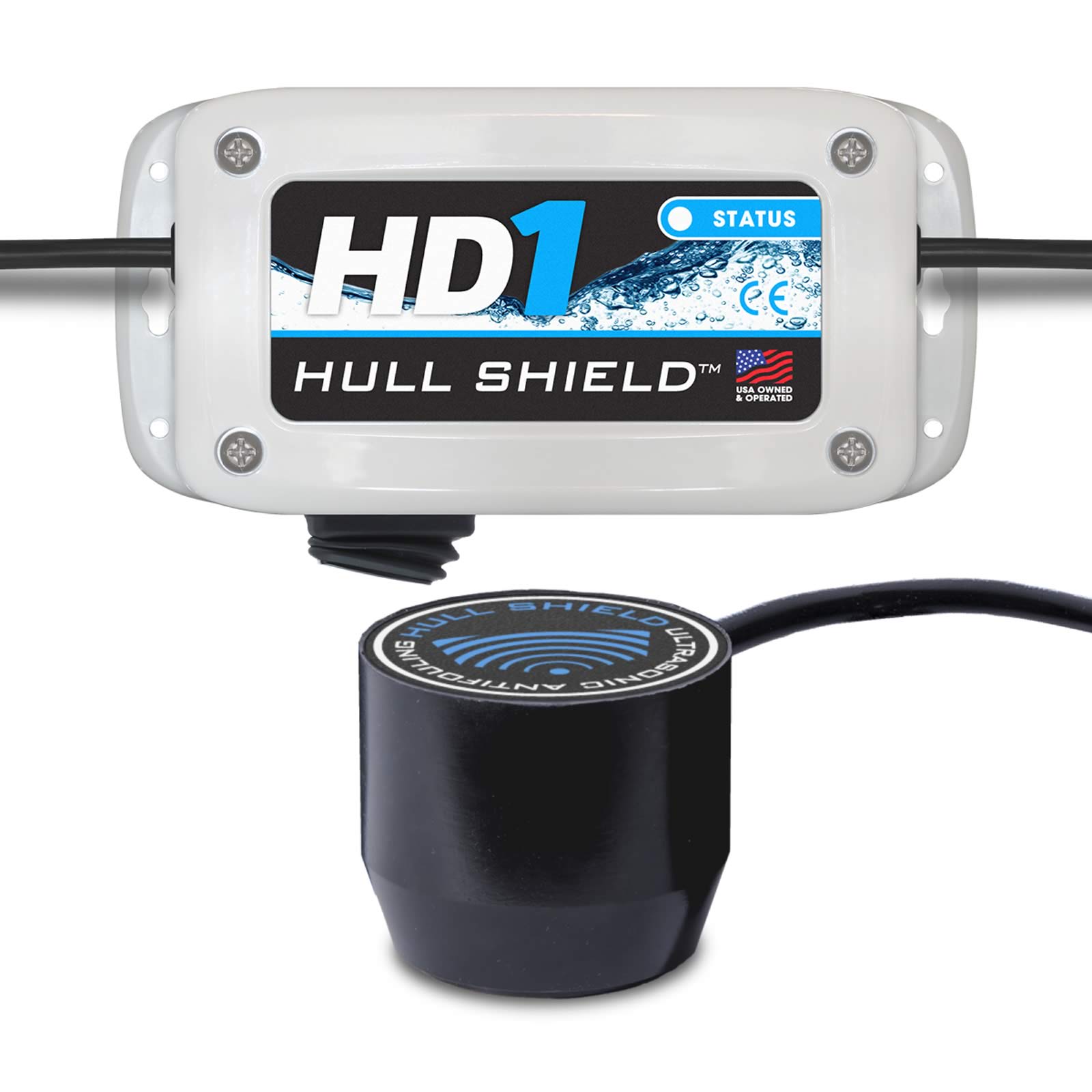
Introduction
The Hull Shield HD1 Ultrasonic Antifouling – Single Transducer System is a cutting-edge solution designed to prevent marine growth on boat hulls and marine engines. Using advanced ultrasonic technology, it creates a non-invasive protective barrier that prevents biofouling without the use of toxic chemicals or harmful coatings. This makes it an environmentally friendly and highly efficient antifouling method for modern boat owners.
Unlike traditional antifouling paints, the Hull Shield HD1 Ultrasonic Antifouling system reduces maintenance costs, improves fuel efficiency, and ensures a cleaner hull throughout the boating season. It’s easy to install, requires minimal upkeep, and works continuously to protect your vessel.
Overview / What Is Hull Shield HD1 Ultrasonic Antifouling?
The Hull Shield HD1 Ultrasonic Antifouling is a single transducer system specifically engineered for small to medium-sized boats. It works by emitting ultrasonic pulses that disrupt the formation of algae, barnacles, and other biofouling organisms on submerged surfaces. This prevents marine growth from adhering to the hull, propellers, and other underwater components.
This technology is particularly beneficial for boat owners who want to avoid the environmental impact and recurring expense of traditional antifouling paints. The Hull Shield HD1 system is also compatible with a variety of boat hull materials, making it a versatile option for multiple vessel types.
How Hull Shield HD1 Technology Works
Ultrasonic antifouling systems use high-frequency sound waves to create microscopic vibrations in the boat’s hull. These vibrations interfere with the early stages of biofilm formation, preventing organisms from attaching. Over time, this minimizes the accumulation of marine growth, keeping the hull smooth and clean.
The Hull Shield HD1 Ultrasonic Antifouling operates silently, requires minimal power consumption, and is safe for both the boat and the environment. The single transducer design ensures effective coverage for boats up to a certain size, providing consistent protection without the need for toxic antifouling agents.
Benefits of Hull Shield HD1 Ultrasonic Antifouling
There are numerous advantages to choosing the Hull Shield HD1 system over traditional antifouling methods:
- Environmentally friendly – no harmful chemicals or coatings
- Continuous protection against biofouling
- Reduces fuel consumption by maintaining a clean hull
- Minimizes maintenance costs and time spent cleaning
- Easy installation with minimal maintenance requirements
This makes the Hull Shield HD1 an excellent investment for any boater seeking a sustainable and efficient antifouling solution.
Installation Process of Hull Shield HD1
Installing the Hull Shield HD1 Ultrasonic Antifouling is straightforward and can be done by following the manufacturer’s guidelines. The system consists of a control unit and a single transducer that is mounted to the inside of the hull. The transducer sends ultrasonic waves through the hull material, covering the submerged area effectively.
Proper installation ensures maximum coverage and performance. It is recommended to consult a professional installer if you are unsure about the setup. Once installed, the system operates automatically, requiring very little attention from the boat owner.
Maintenance Tips
Although the Hull Shield HD1 system requires minimal maintenance, following these tips will ensure optimal performance:
- Inspect the transducer and control unit periodically for signs of wear or damage.
- Ensure electrical connections remain secure and free of corrosion.
- Clean any visible components with a soft, damp cloth to remove dirt and grime.
- Follow the manufacturer’s maintenance recommendations for long-term efficiency.
These simple steps will help you get the most out of your ultrasonic antifouling system.
Expert Advice and Pro Recommendations
Marine experts recommend pairing the Hull Shield HD1 Ultrasonic Antifouling with regular hull inspections to ensure comprehensive protection. While the system greatly reduces marine growth, occasional checks will help you address any potential issues early. It is also advised to use the system in conjunction with good boating practices, such as proper cleaning and storage.
For the best results, ensure your boat is properly sized for the single transducer model, or consider upgrading to multi-transducer systems for larger vessels.
Buy now and get 5% off using code WELCOME5: Hull Shield HD1 Ultrasonic Antifouling – Single Transducer System
Hull Shield HD1 vs. Traditional Antifouling Paint
When comparing the Hull Shield HD1 Ultrasonic Antifouling with traditional antifouling paints, several key differences stand out. Traditional paints release biocides to prevent growth, which can harm marine life and require frequent reapplication. The HD1, on the other hand, uses clean technology that is safe for the environment and requires little maintenance once installed.
Additionally, the HD1 reduces the need for dry-docking and repainting, saving time and money in the long term. This makes it an attractive option for eco-conscious boat owners who value efficiency and sustainability.
Why Choose Hull Shield HD1 for Your Boat?
Choosing the Hull Shield HD1 means investing in advanced antifouling technology that offers lasting protection. It eliminates the need for toxic paints, improves fuel efficiency, and reduces hull cleaning frequency. Moreover, it is an environmentally responsible choice that aligns with modern boating standards.
For boaters looking for innovative marine solutions, explore more at Yamaha Outboards to complement your vessel’s performance and protection.
Detailed FAQ Section
1. How does the Hull Shield HD1 Ultrasonic Antifouling prevent marine growth?
The system emits ultrasonic pulses that create micro-vibrations on the hull’s surface. These vibrations interfere with the biofilm formation process, preventing algae and barnacles from attaching. Over time, this keeps the hull clean, improves performance, and reduces fuel consumption. The process is continuous, non-toxic, and does not harm marine life. Users report significantly less hull fouling compared to traditional antifouling paints. For optimal results, ensure proper installation and follow maintenance guidelines provided by the manufacturer.
2. Is Hull Shield HD1 safe for all types of boat hulls?
Yes, the Hull Shield HD1 is compatible with most hull materials, including fiberglass, aluminum, and steel. However, it’s important to verify compatibility with your specific boat model before installation. The ultrasonic waves are harmless to the hull material and do not compromise its structural integrity. Additionally, the system is safe for the environment, as it does not release any harmful substances into the water.
3. What is the installation process for Hull Shield HD1?
Installation involves mounting the transducer to the inner hull and connecting it to the control unit. The transducer should be placed in a location that allows maximum ultrasonic coverage. Electrical wiring must be secured properly to avoid corrosion or loose connections. While many boat owners can complete the installation themselves, professional installation is recommended for best results. The system is designed to be user-friendly, with clear instructions provided by the manufacturer.
4. How much maintenance does Hull Shield HD1 require?
The system is low-maintenance. Routine checks include inspecting the control unit and transducer for any physical damage, ensuring electrical connections are clean, and wiping components with a soft cloth. No special chemicals or treatments are needed. With proper care, the Hull Shield HD1 can provide years of reliable antifouling protection without the need for repainting or dry-docking.
5. How does Hull Shield HD1 compare to antifouling paints in terms of cost and durability?
Although the initial cost of the Hull Shield HD1 may be higher than antifouling paint, it offers long-term savings by reducing maintenance, repainting, and fuel costs. The system lasts for years with minimal upkeep, whereas antifouling paints require frequent reapplication and can have negative environmental effects. In terms of durability, the ultrasonic system provides consistent, continuous protection without degrading over time, making it a more sustainable choice for boat owners.
Conclusion
The Hull Shield HD1 Ultrasonic Antifouling – Single Transducer System offers an innovative, eco-friendly alternative to traditional antifouling methods. Its advanced technology prevents marine growth, reduces fuel consumption, and minimizes maintenance costs. For boat owners seeking long-term hull protection, the Hull Shield HD1 is a reliable and sustainable solution.
Upgrade your vessel today and experience the benefits of clean, chemical-free antifouling protection.
Special Offer
WELCOME5 – Get 5% off storewide at allboatsupplies.com
🚀 Instant Assistance: Need help selecting the right product? Drop your contact in the chatbox at the bottom right corner, and our expert team will reply within 30 minutes with the best product suggestion for your boat — including a ready-to-use checkout link. We’re fast, knowledgeable, and always here for your boating needs!
No more guesswork — just message us and get a personalized checkout link for your antifouling system, fast!
Explore Our Best-Selling Ultrasonic Antifouling Products:
Buy now
Hull Shield HD1 Ultrasonic Antifouling – Single Transducer System
Let us handle the hassle — expert support, quick replies, and smooth checkout. Your boat deserves the best.
Read More
For more helpful marine maintenance guides, check out our article on Lewmar 35 Delta Anchor Best & Worst Review.


